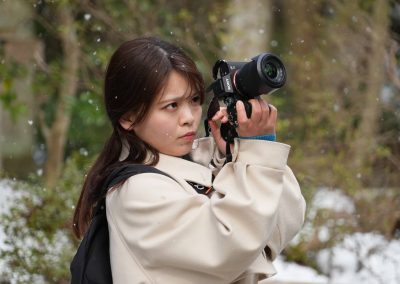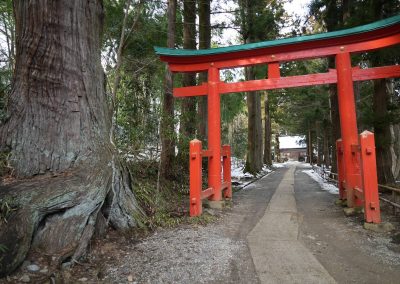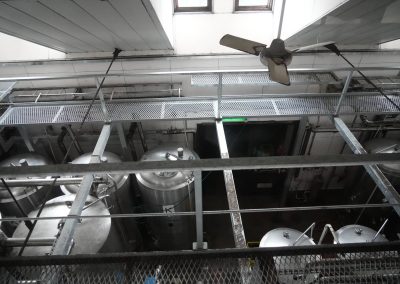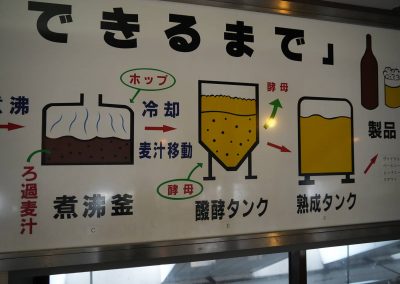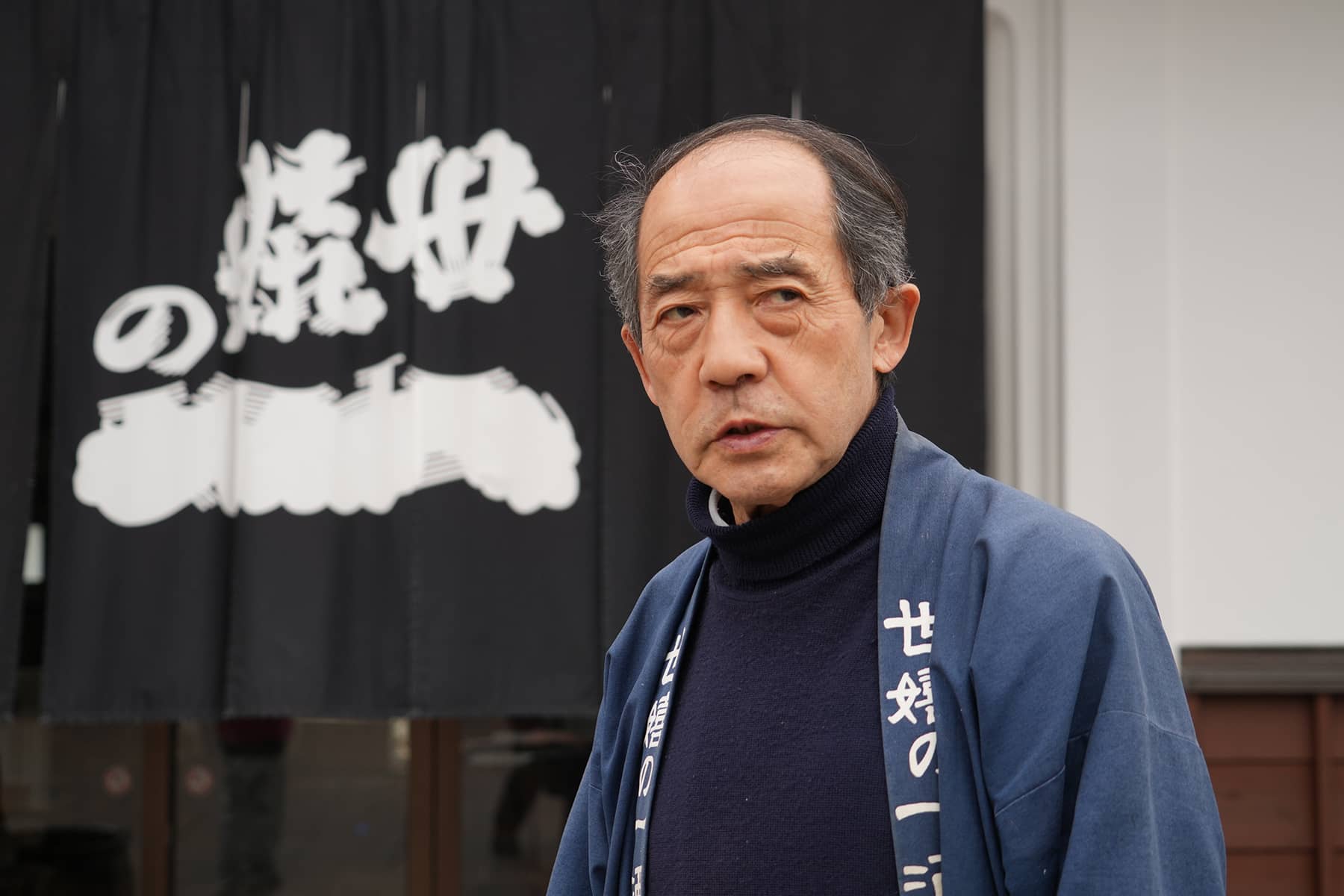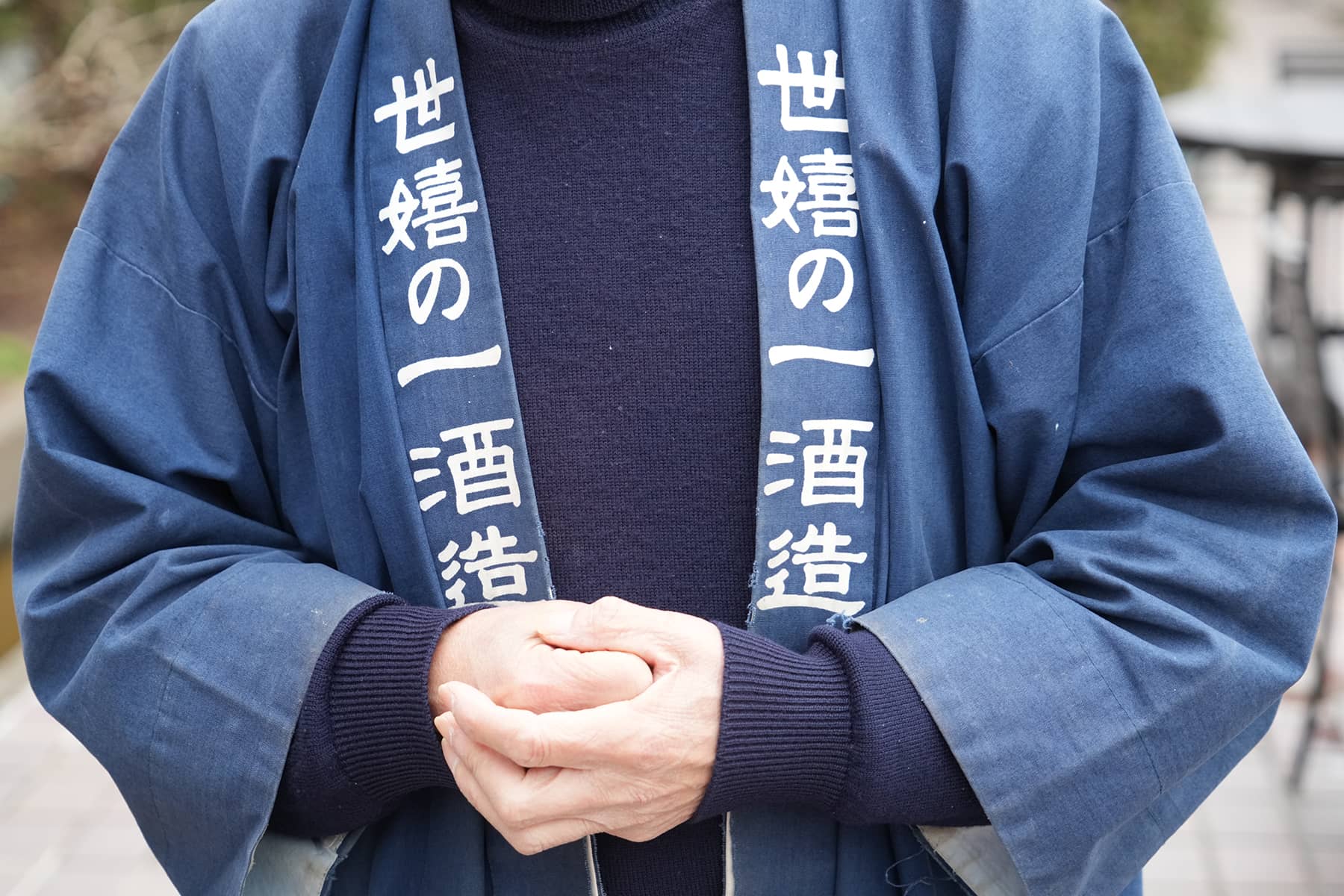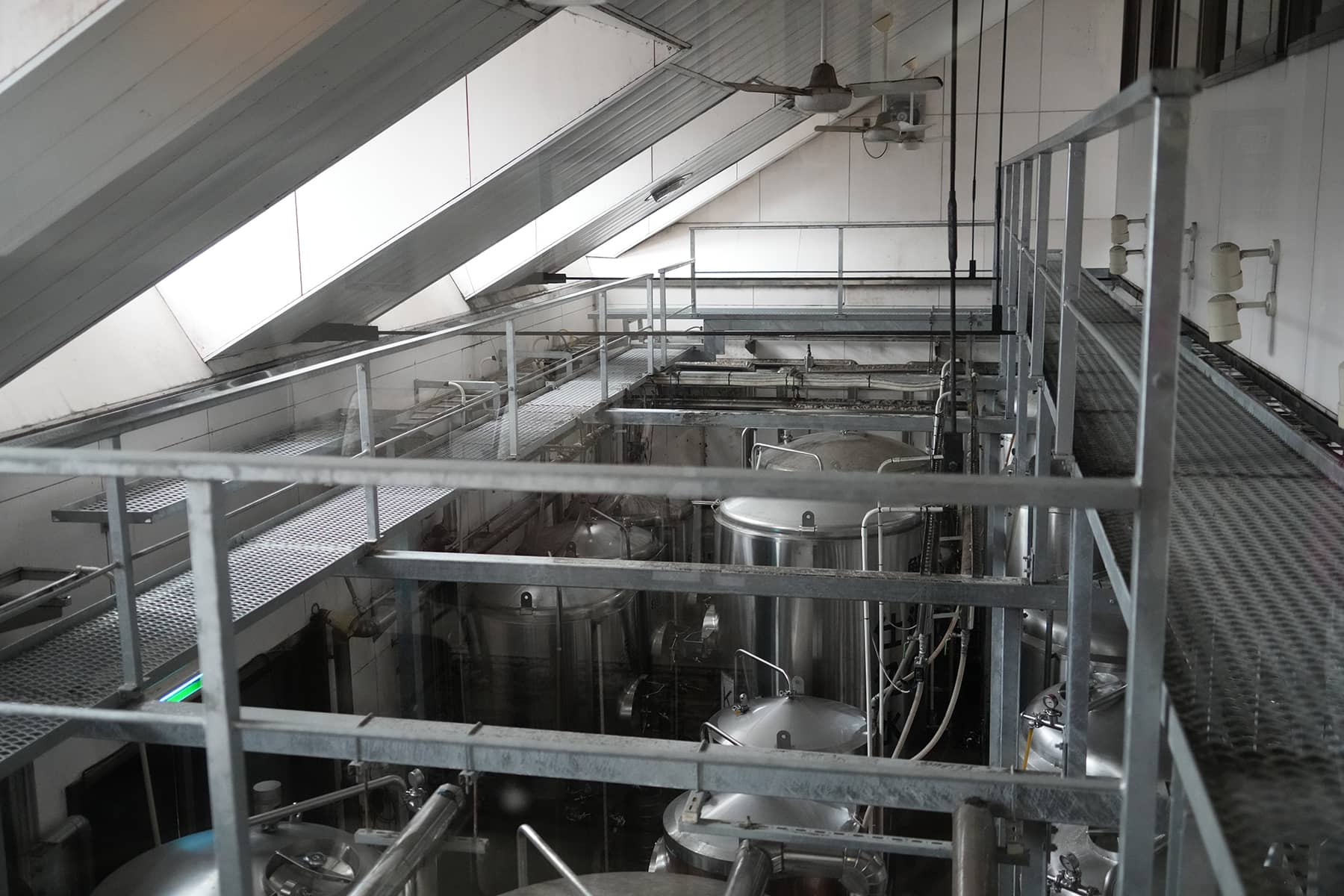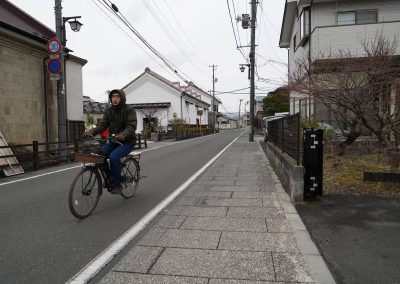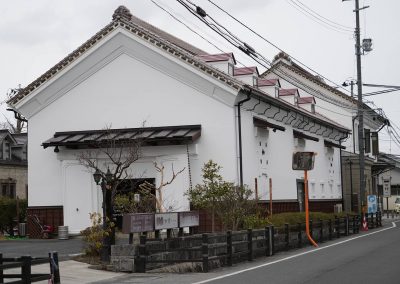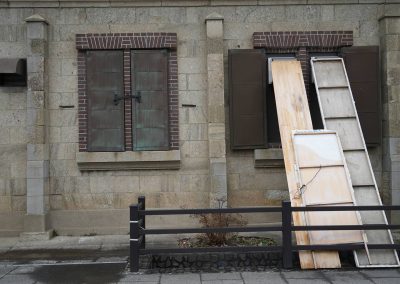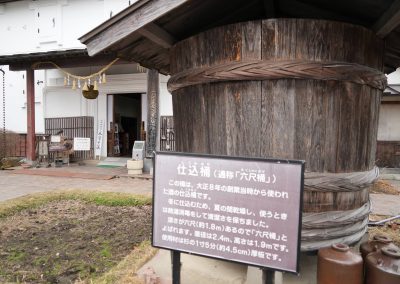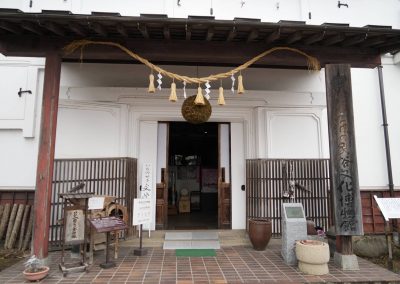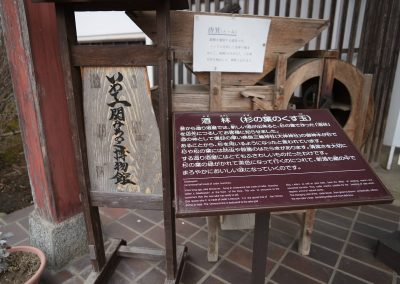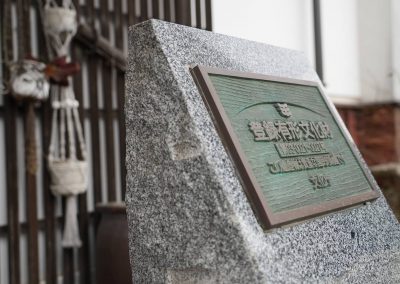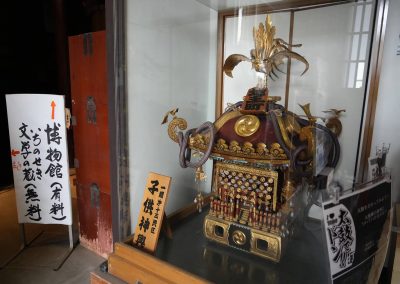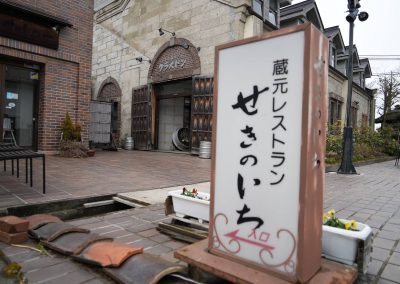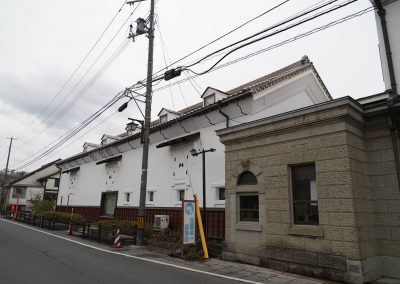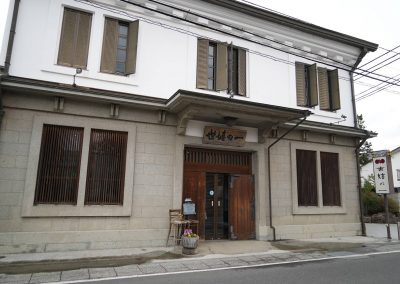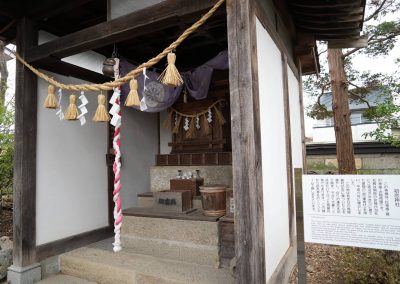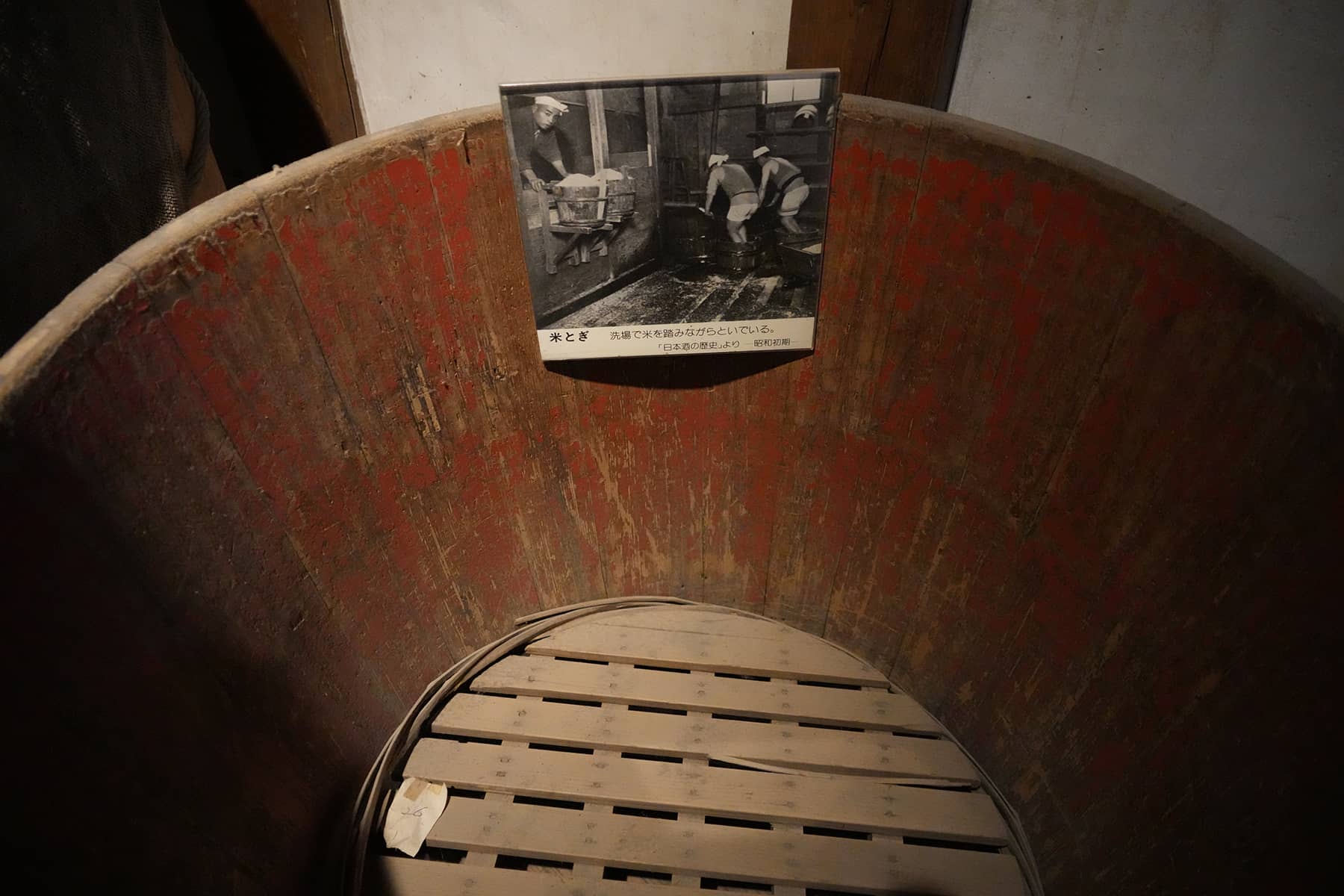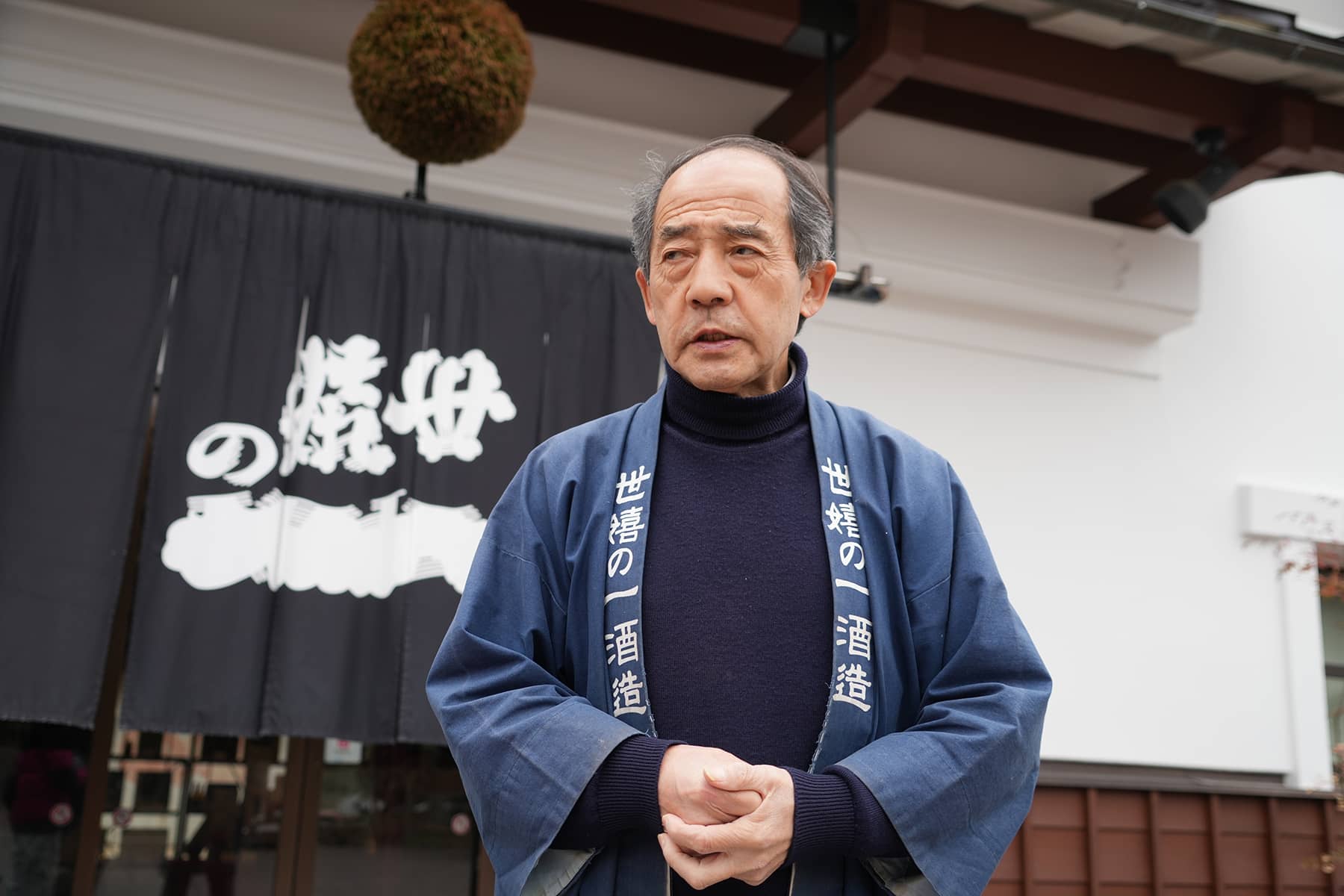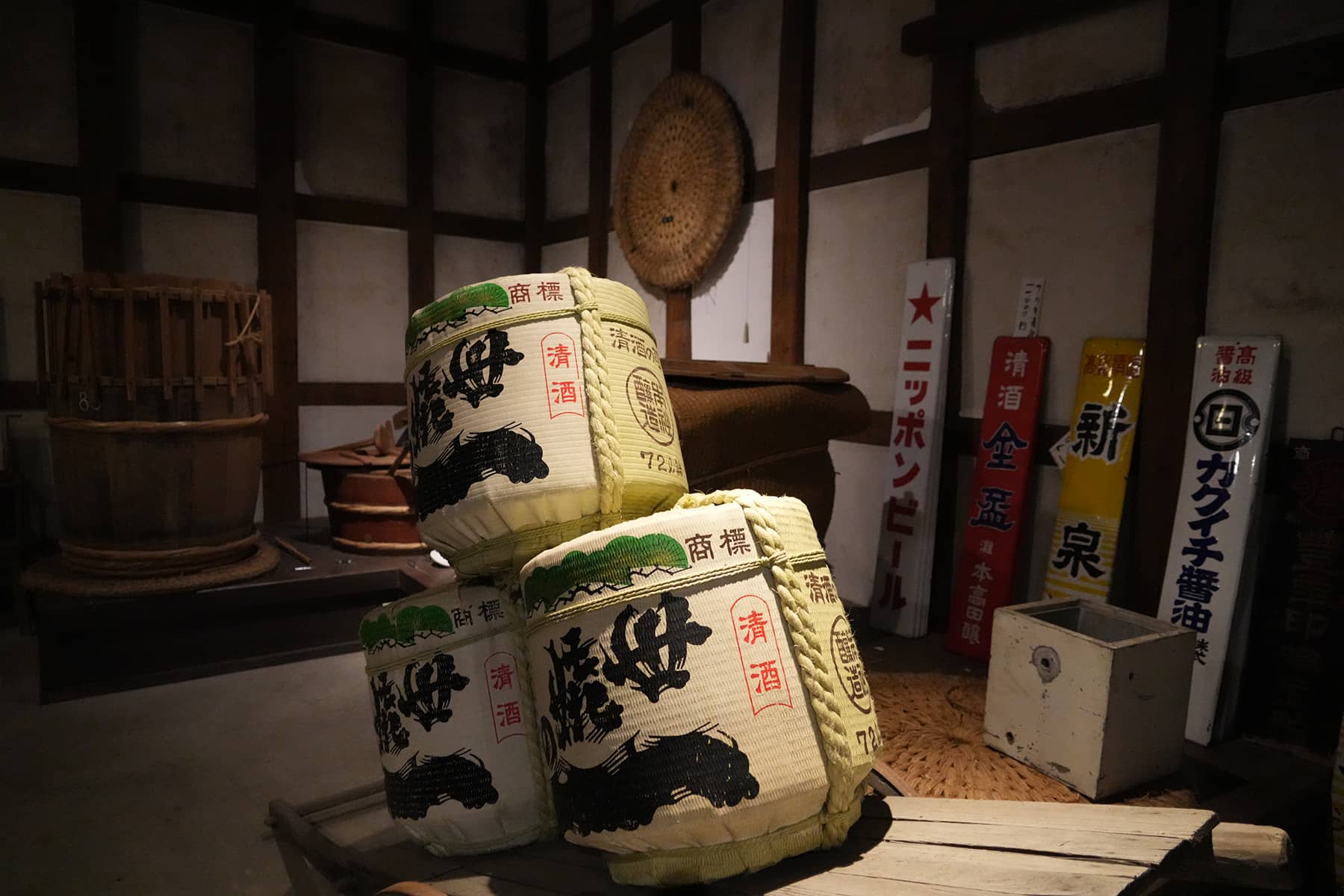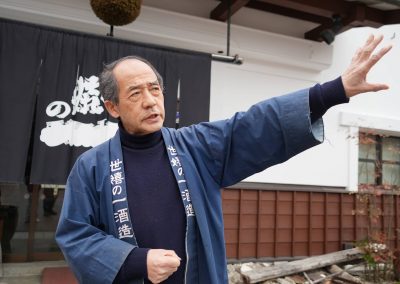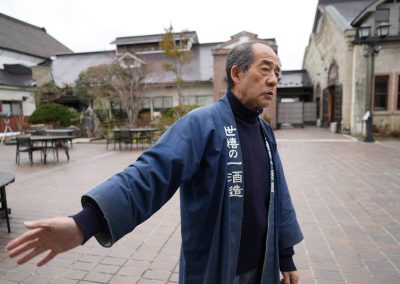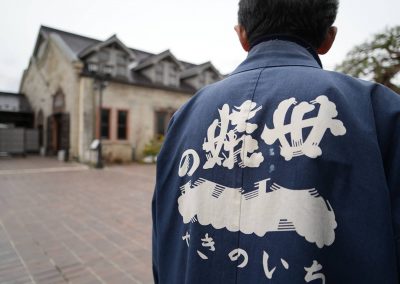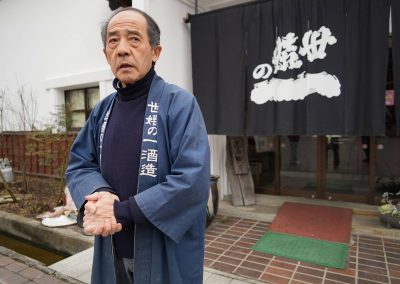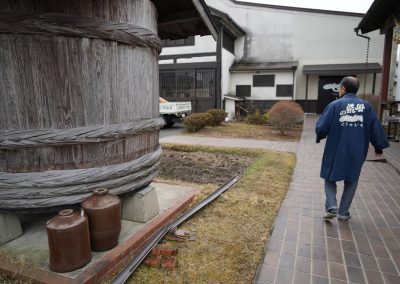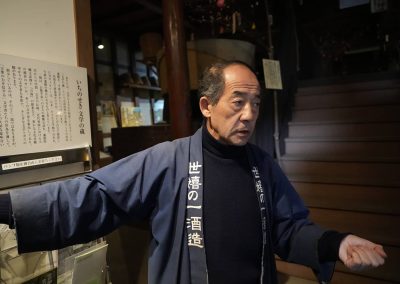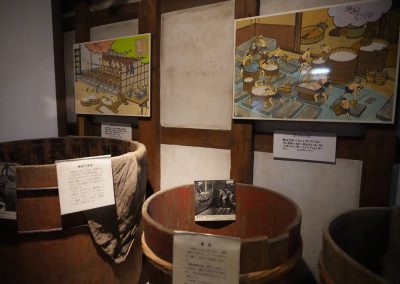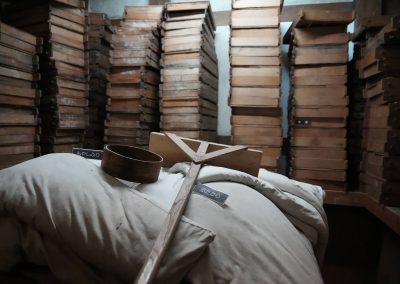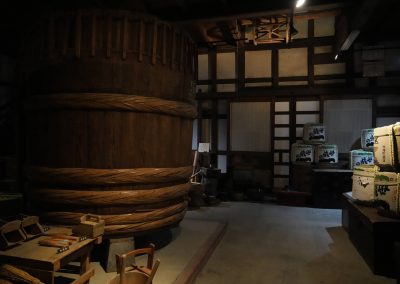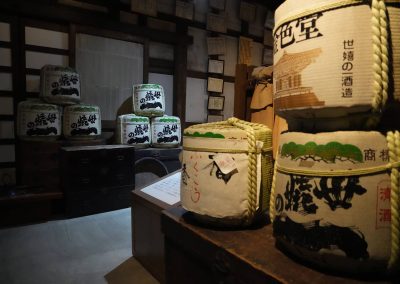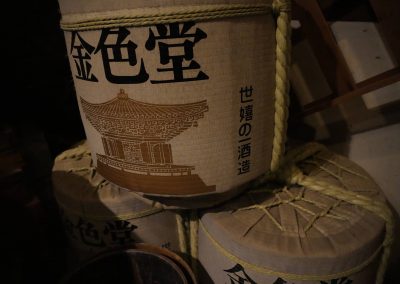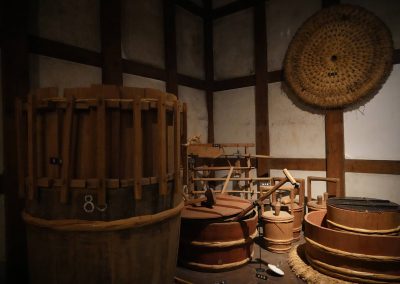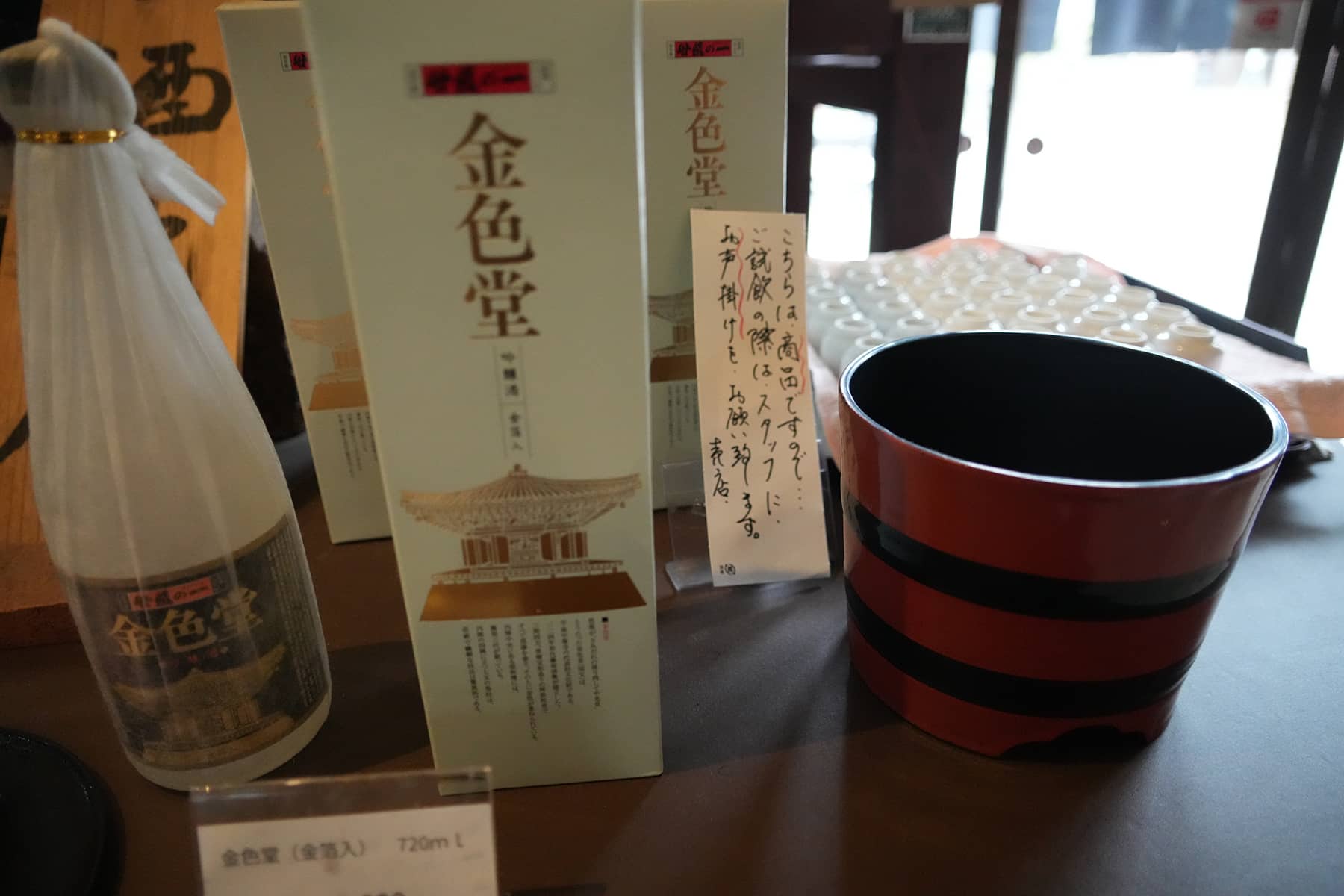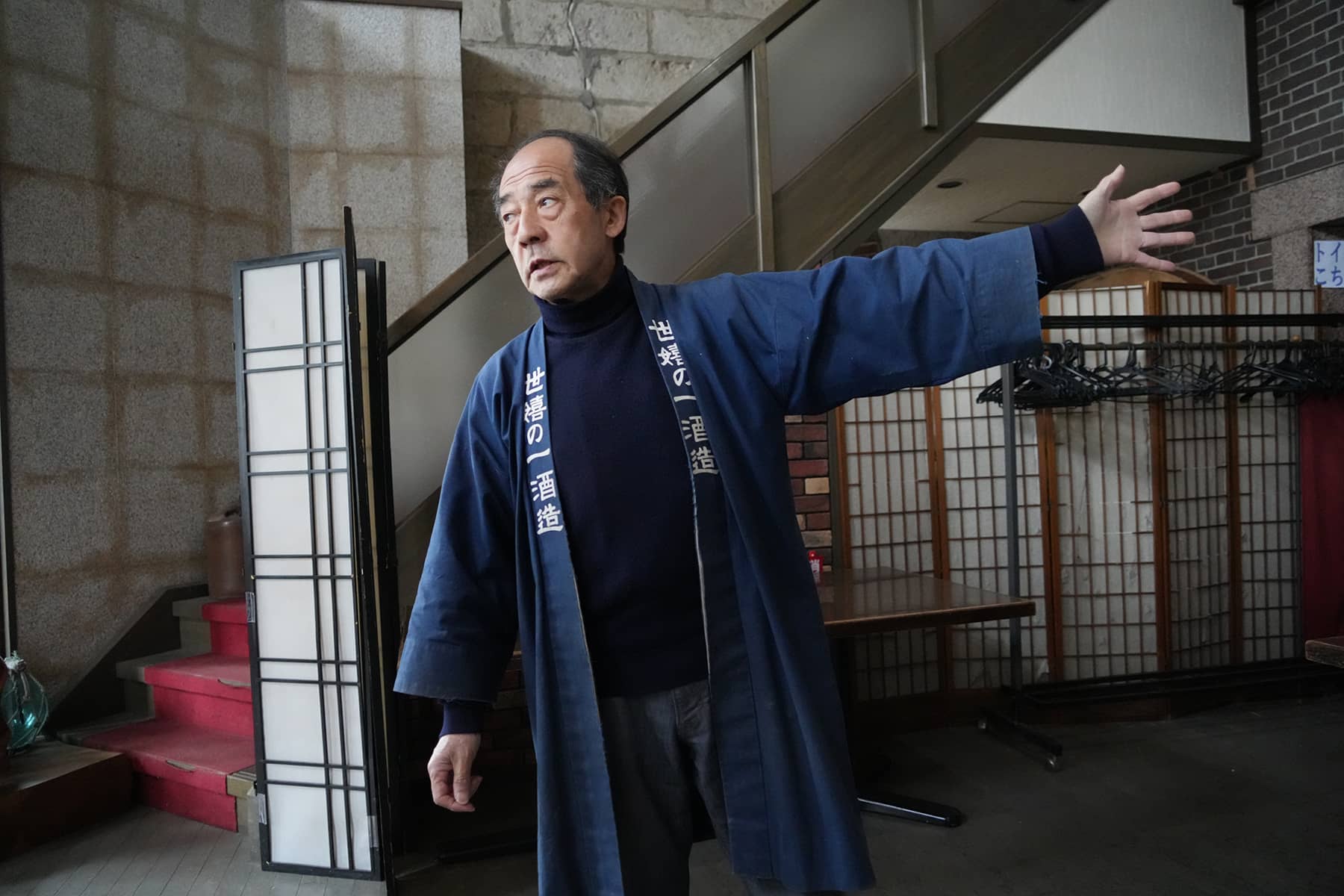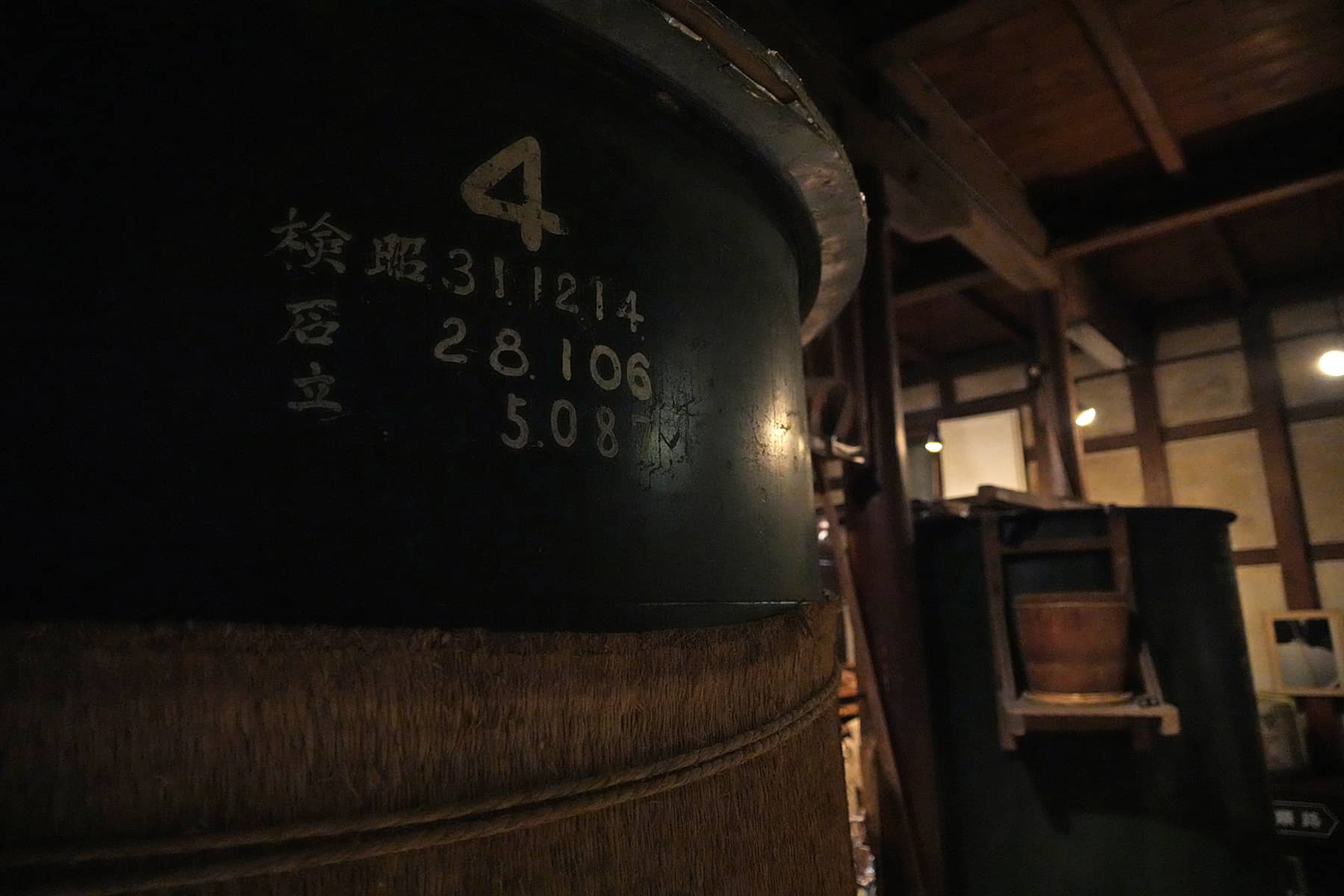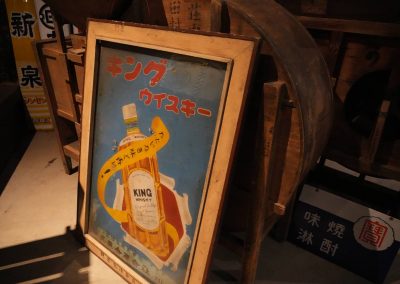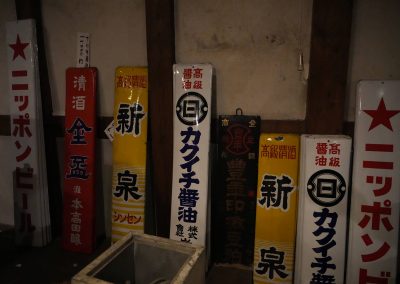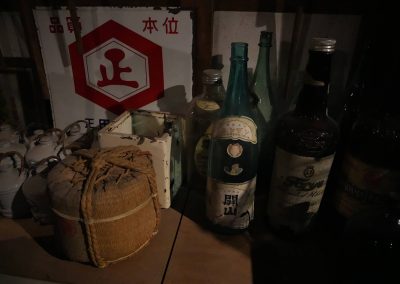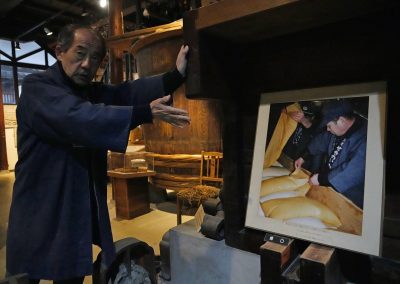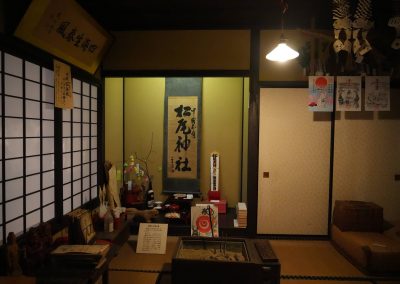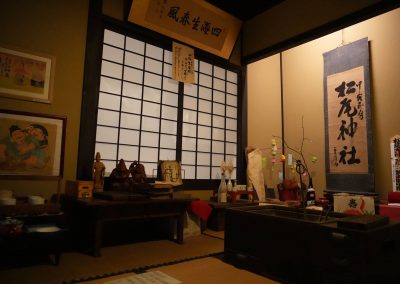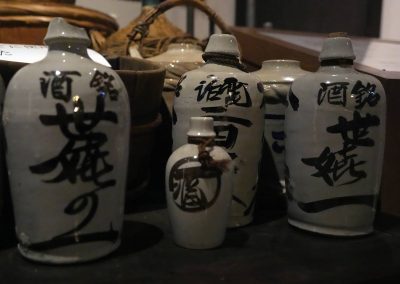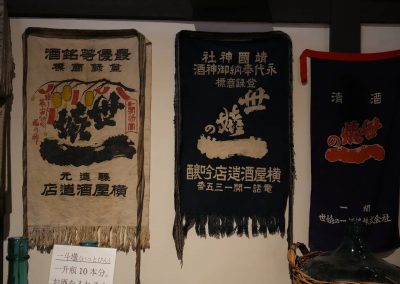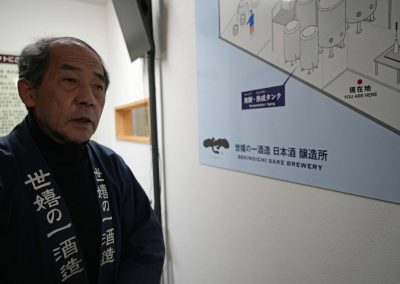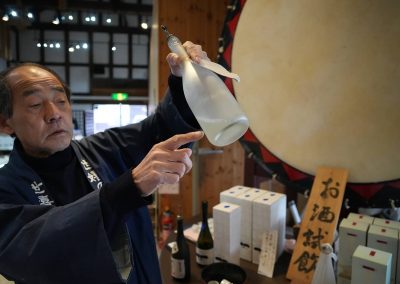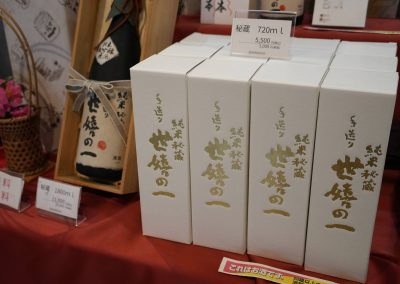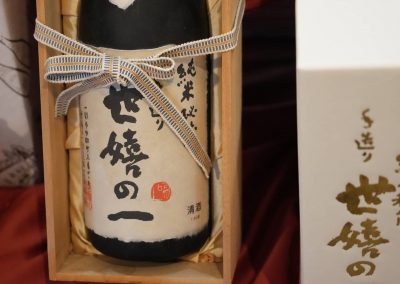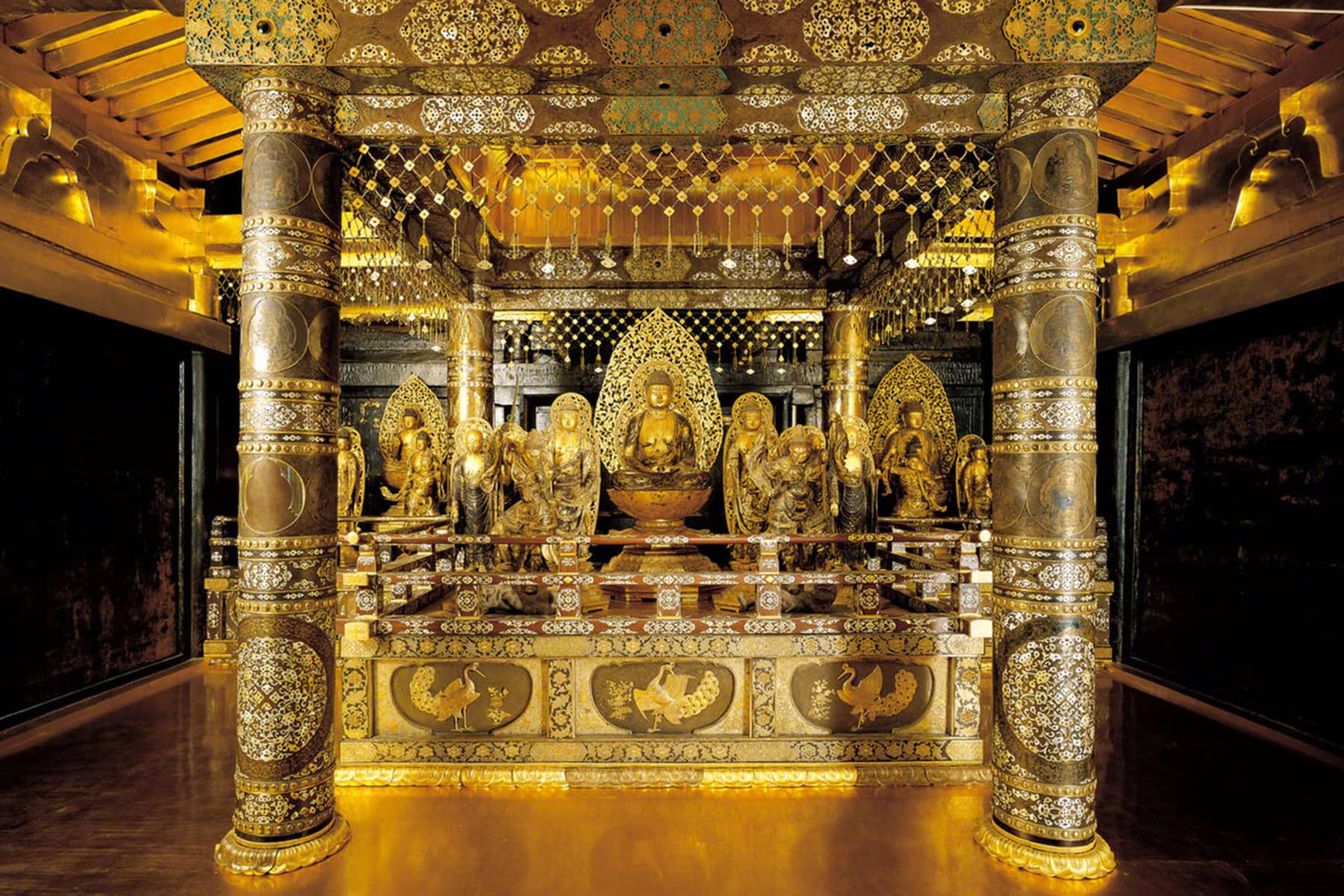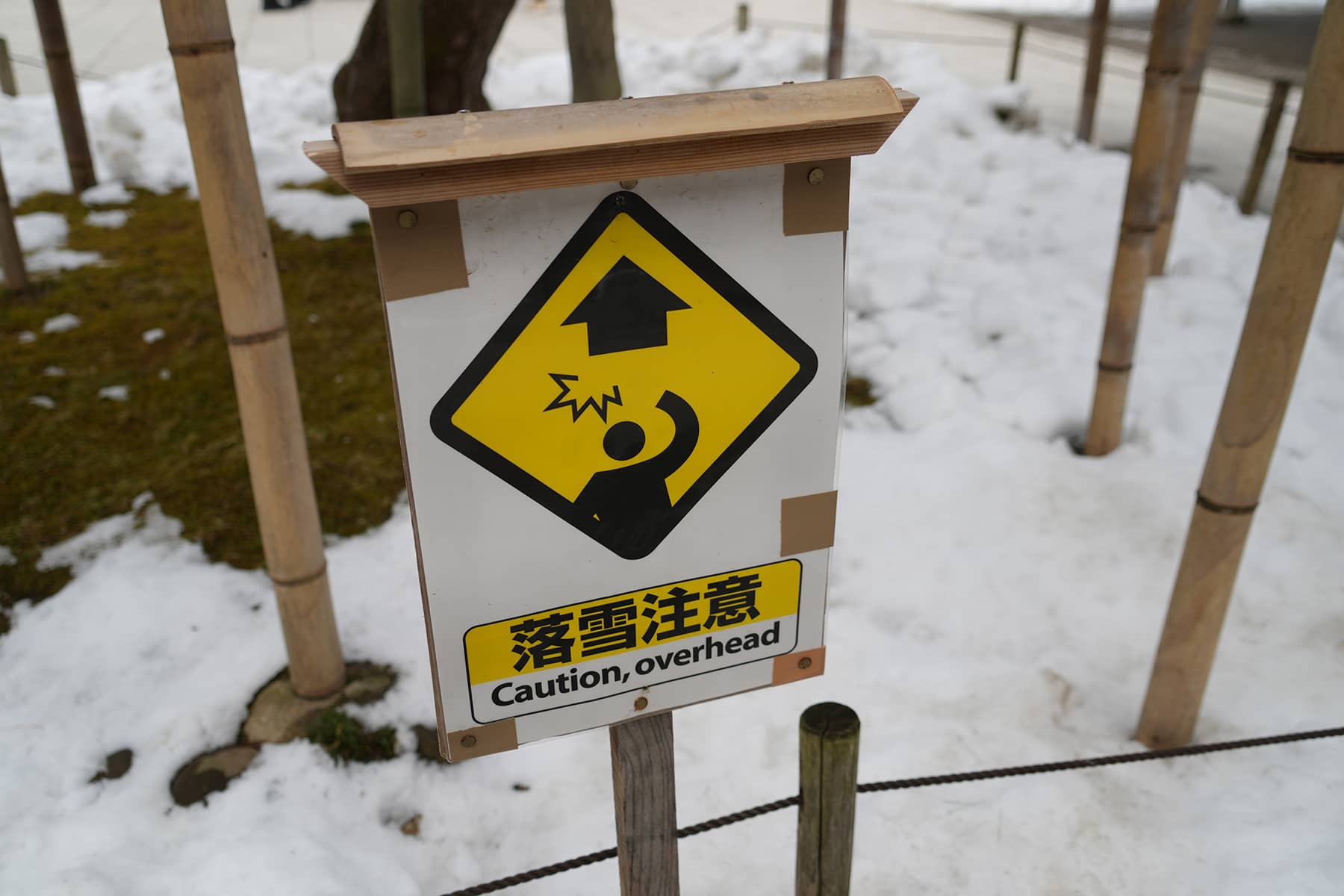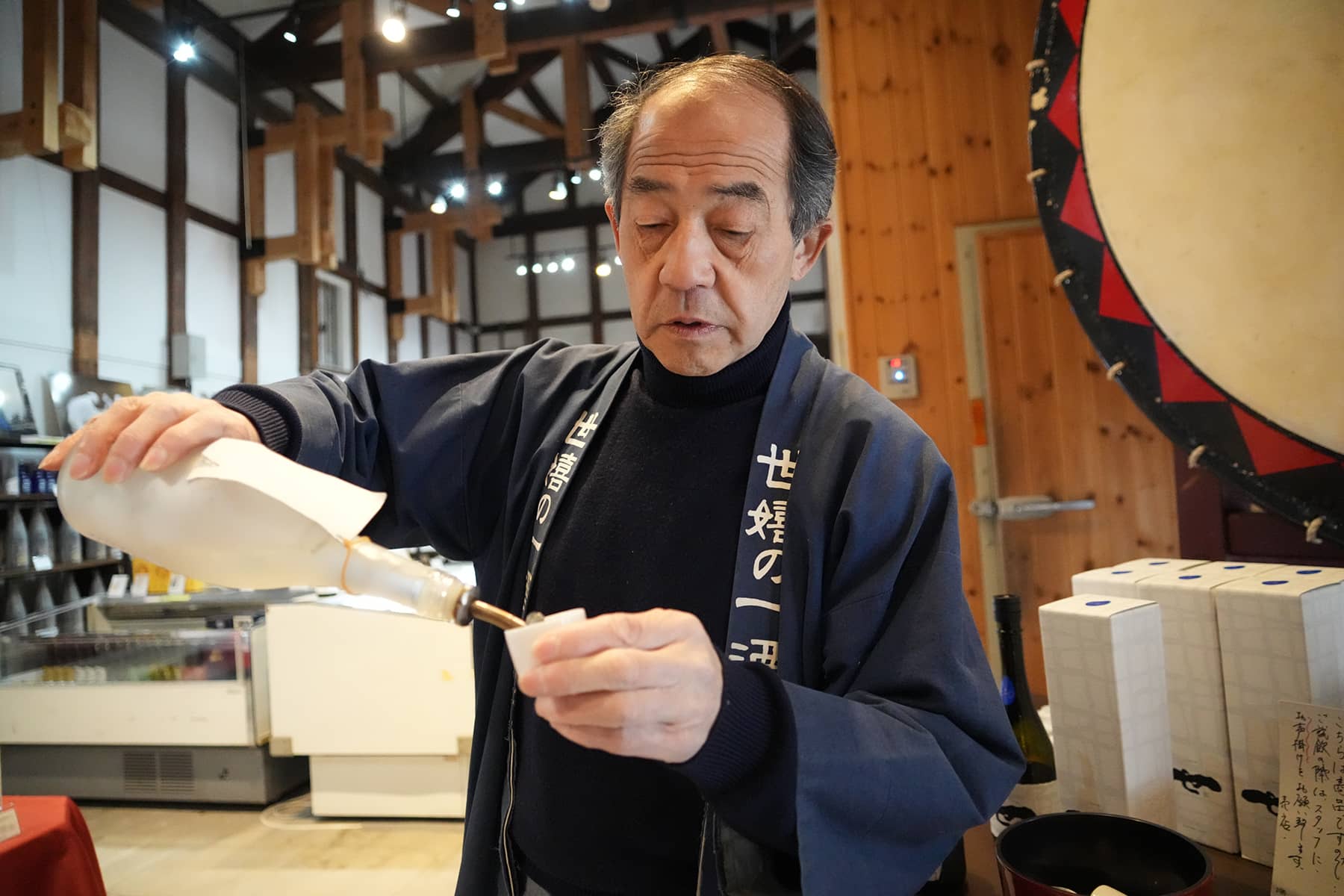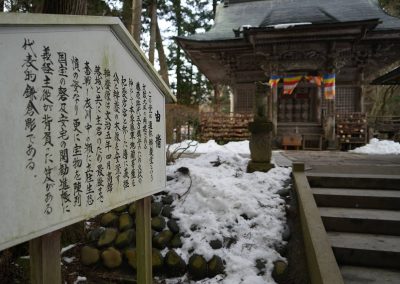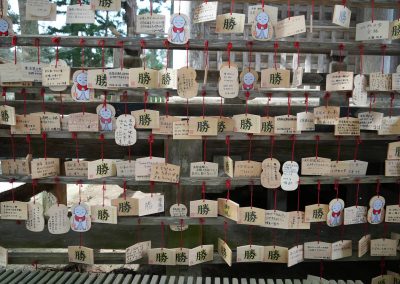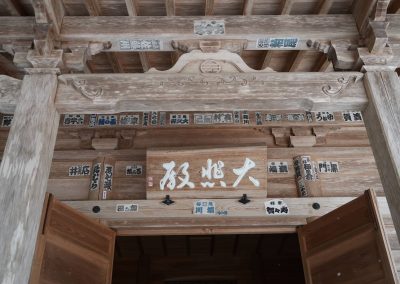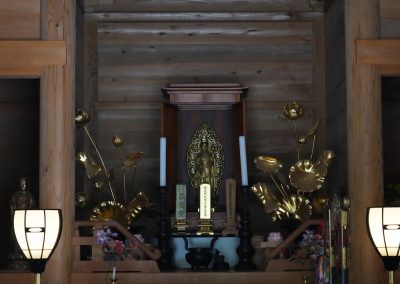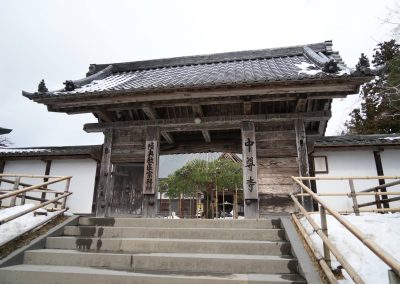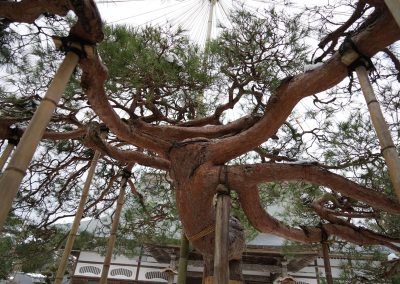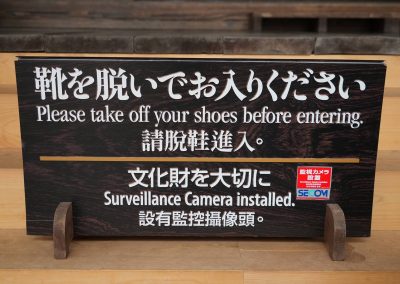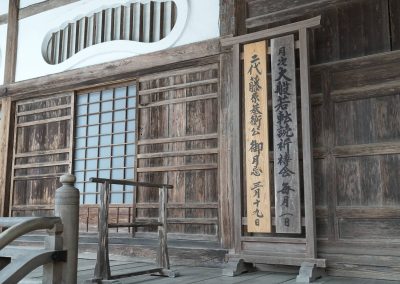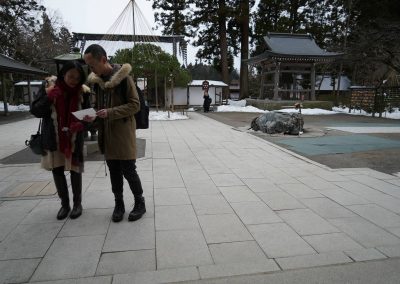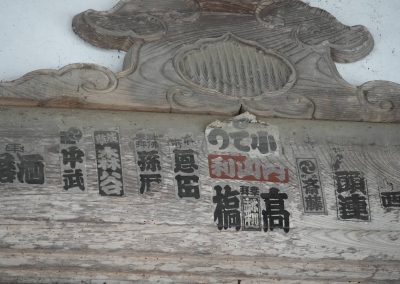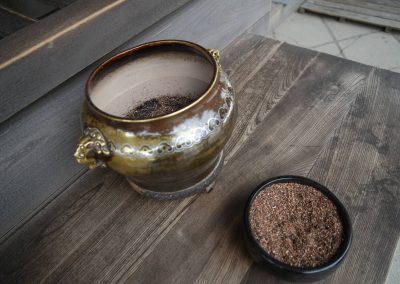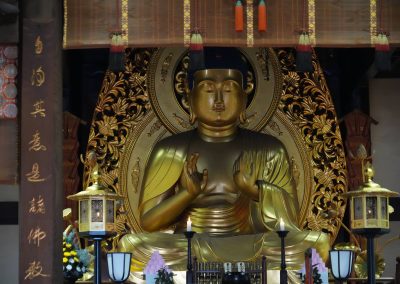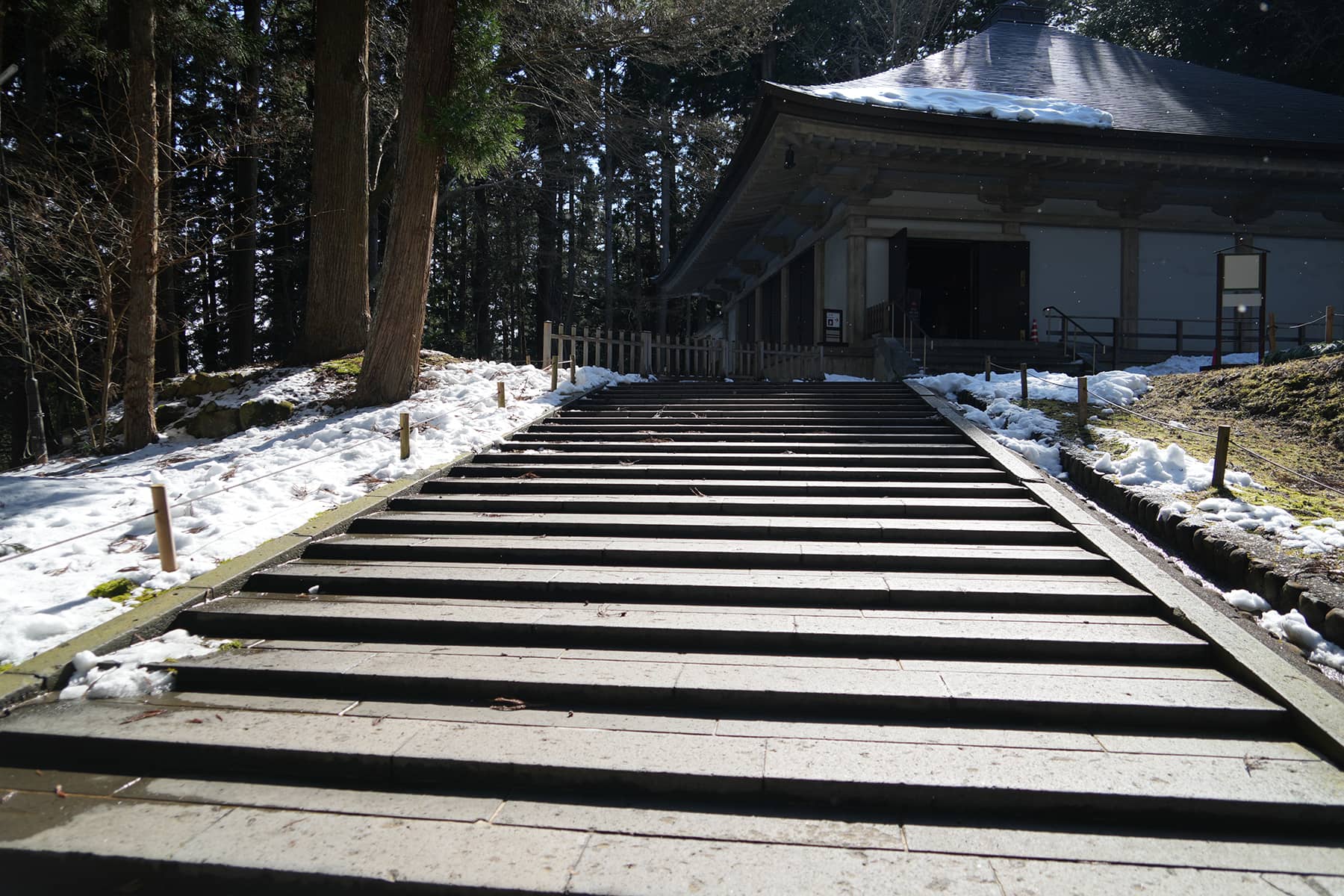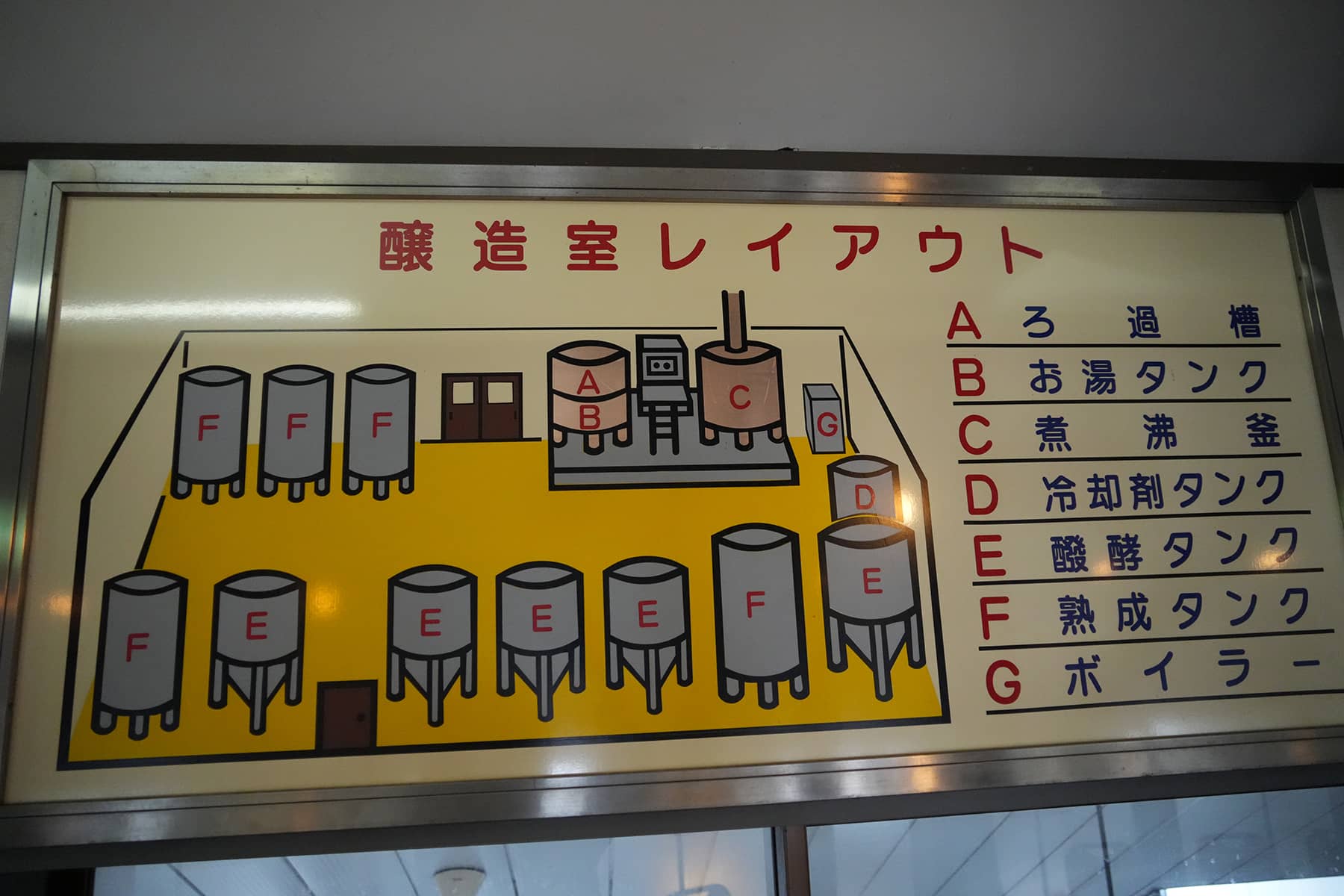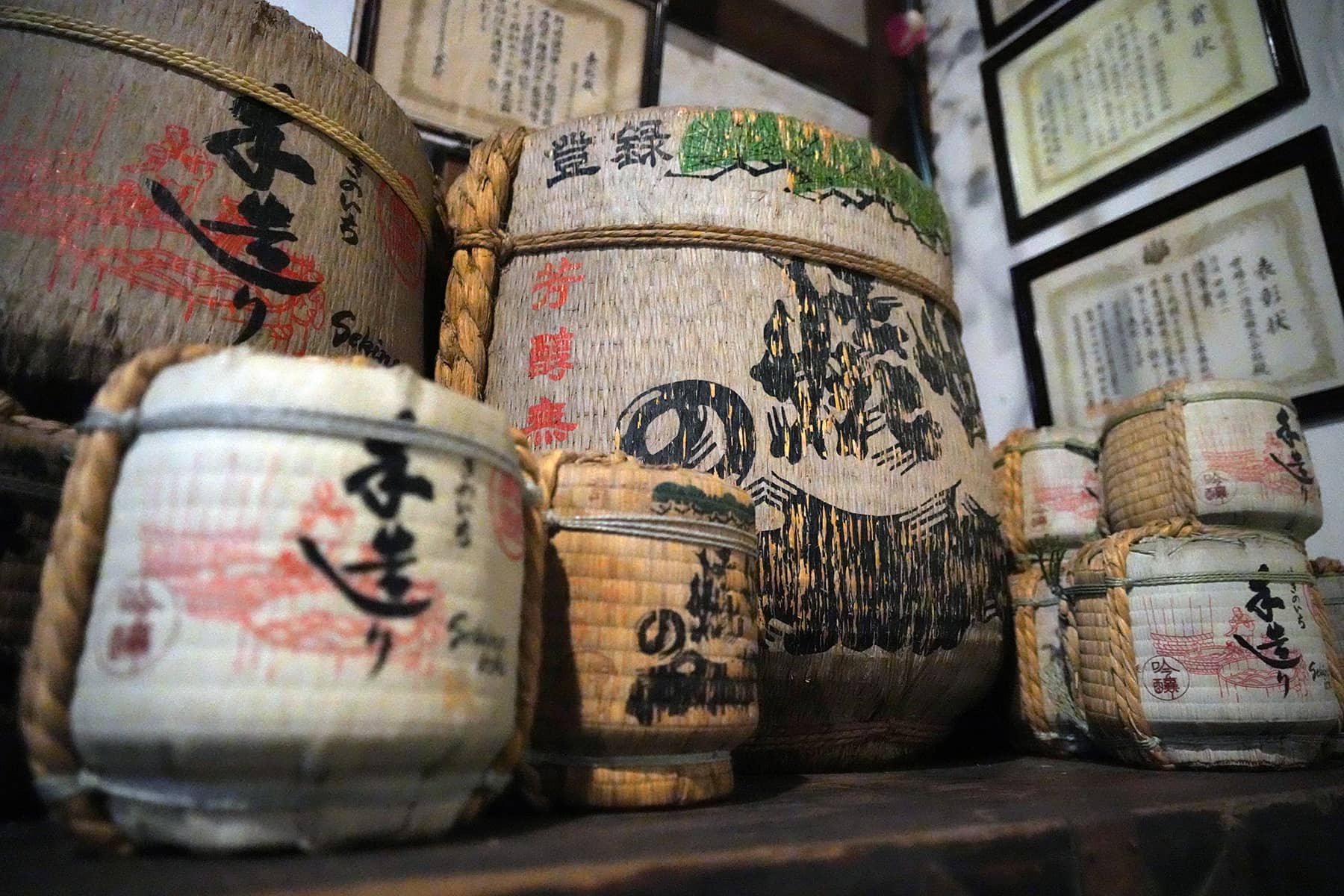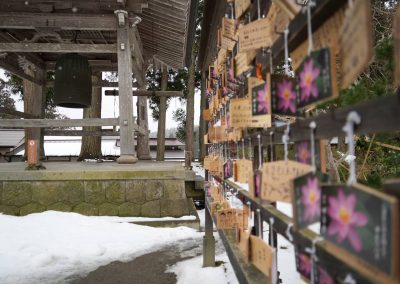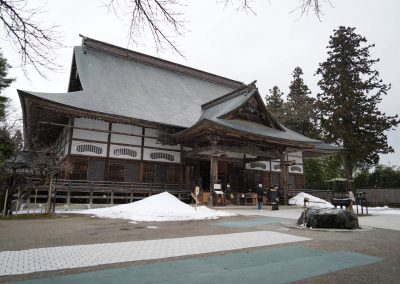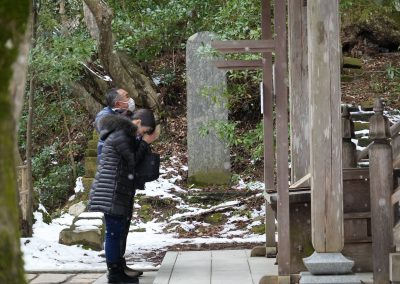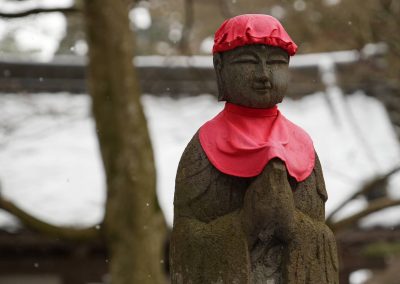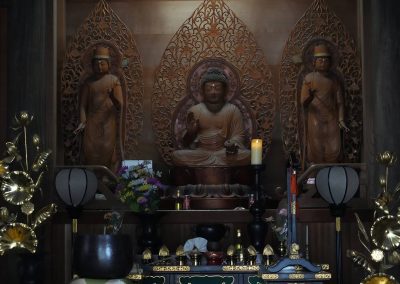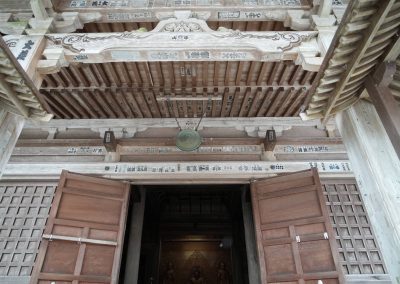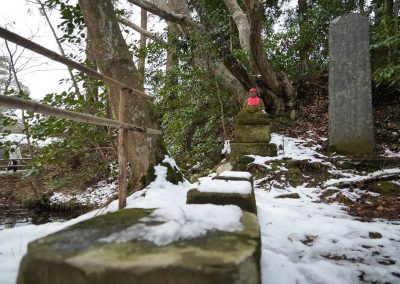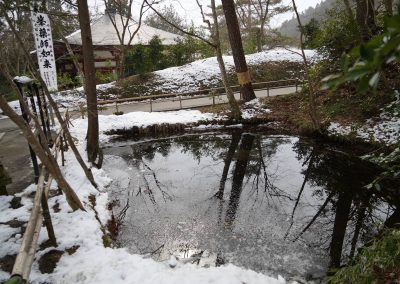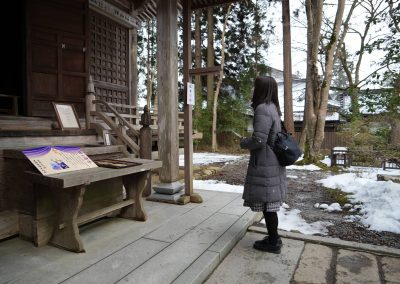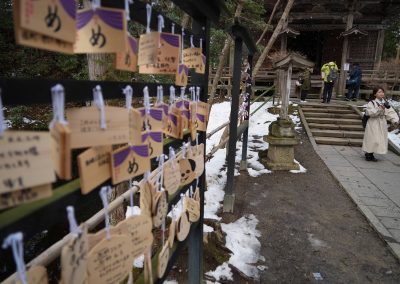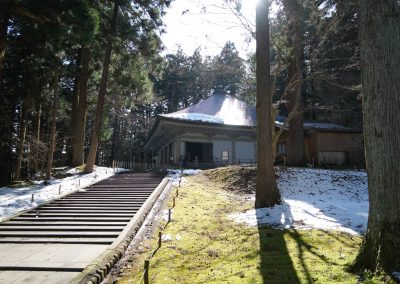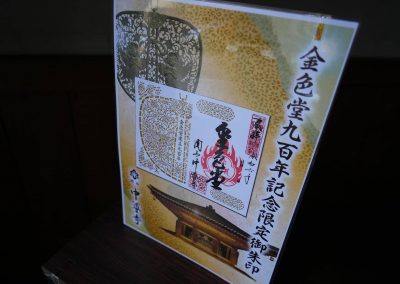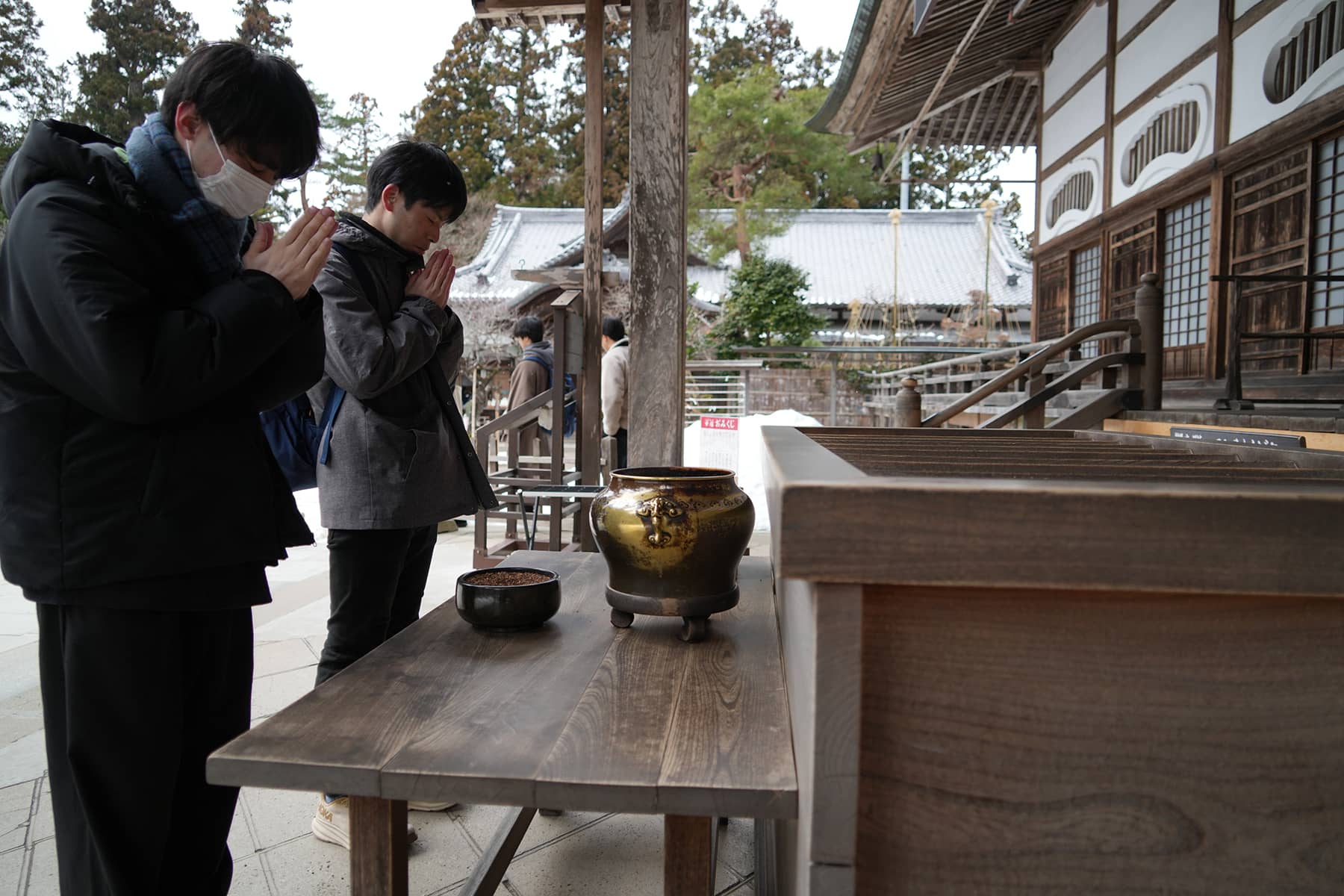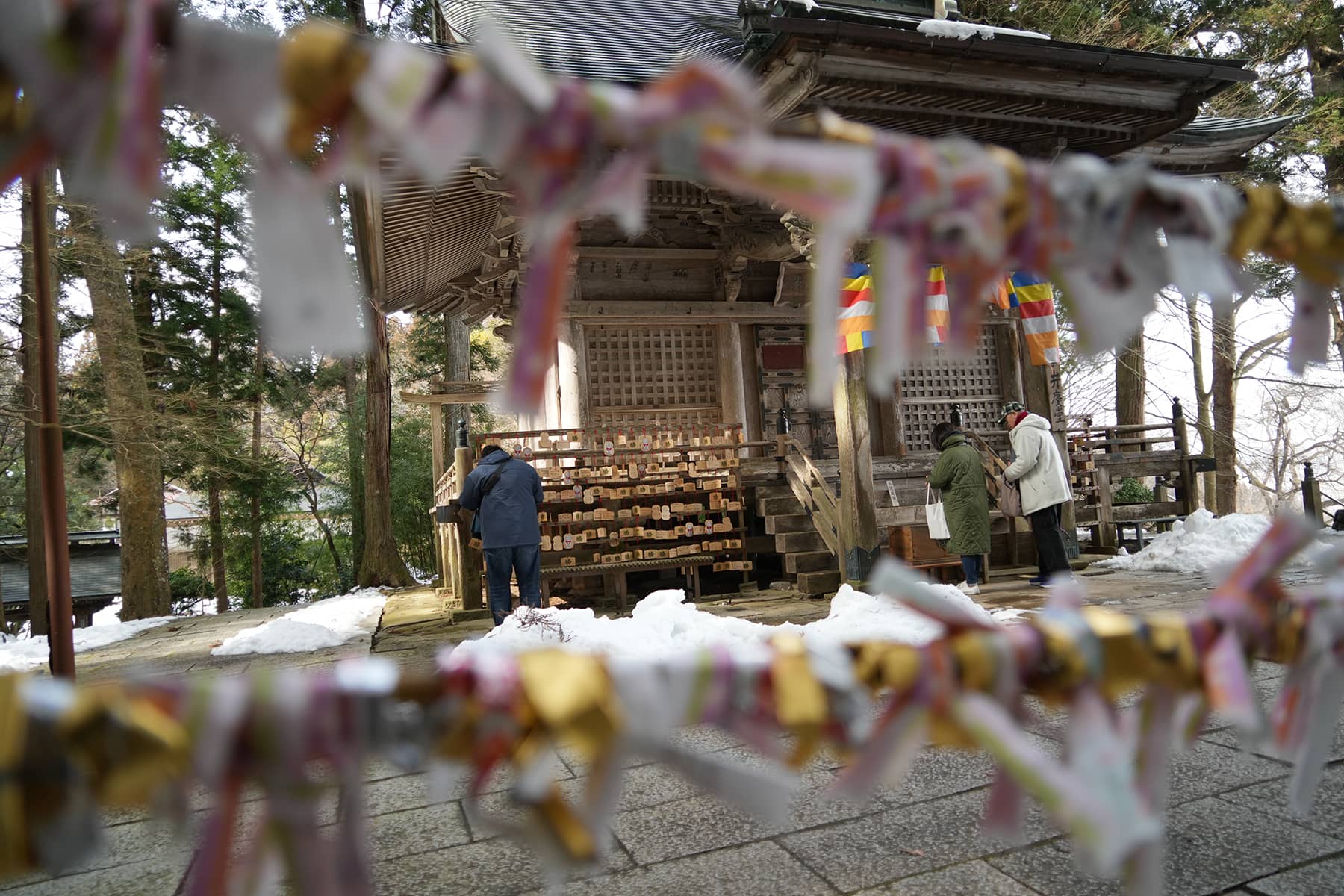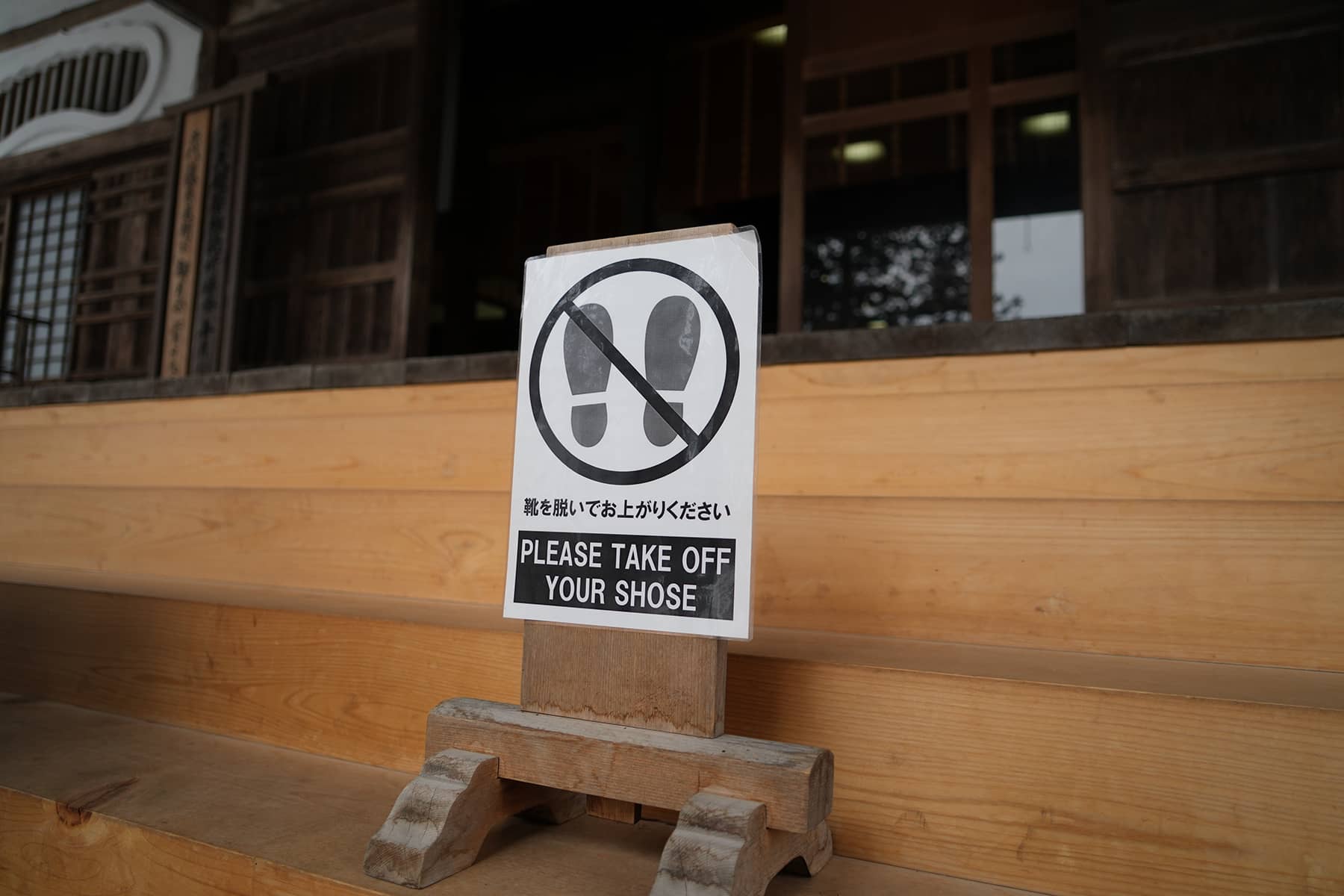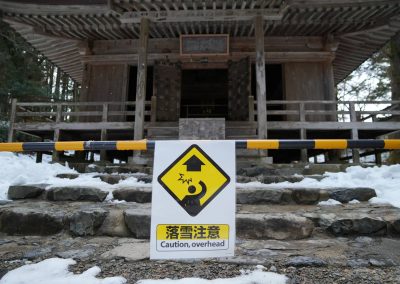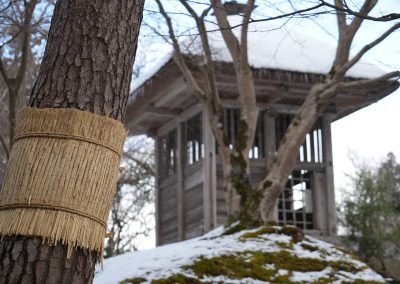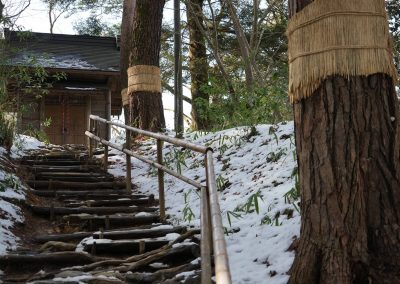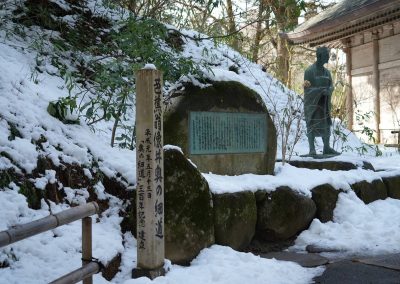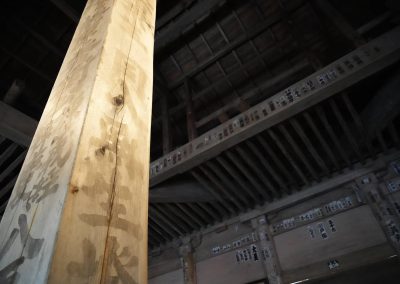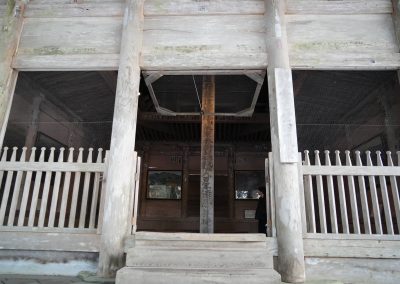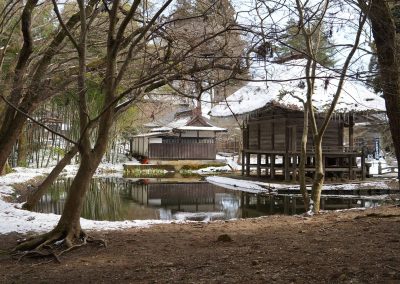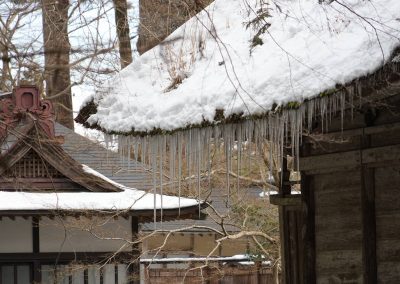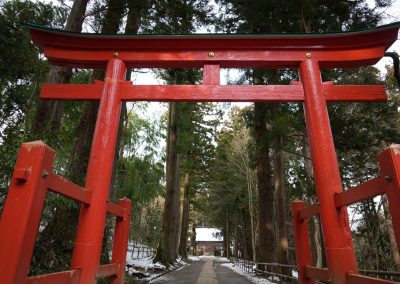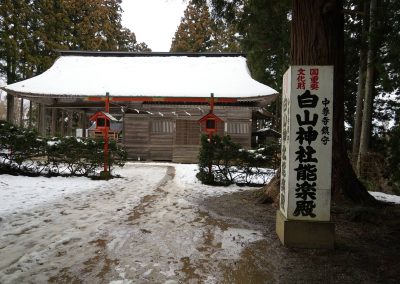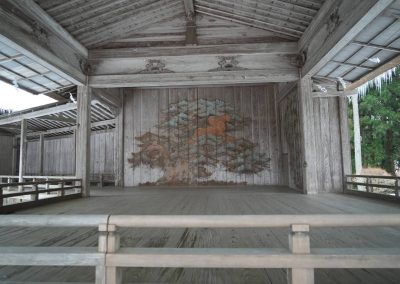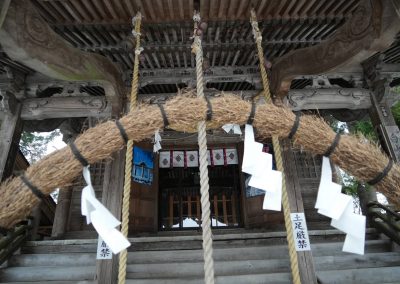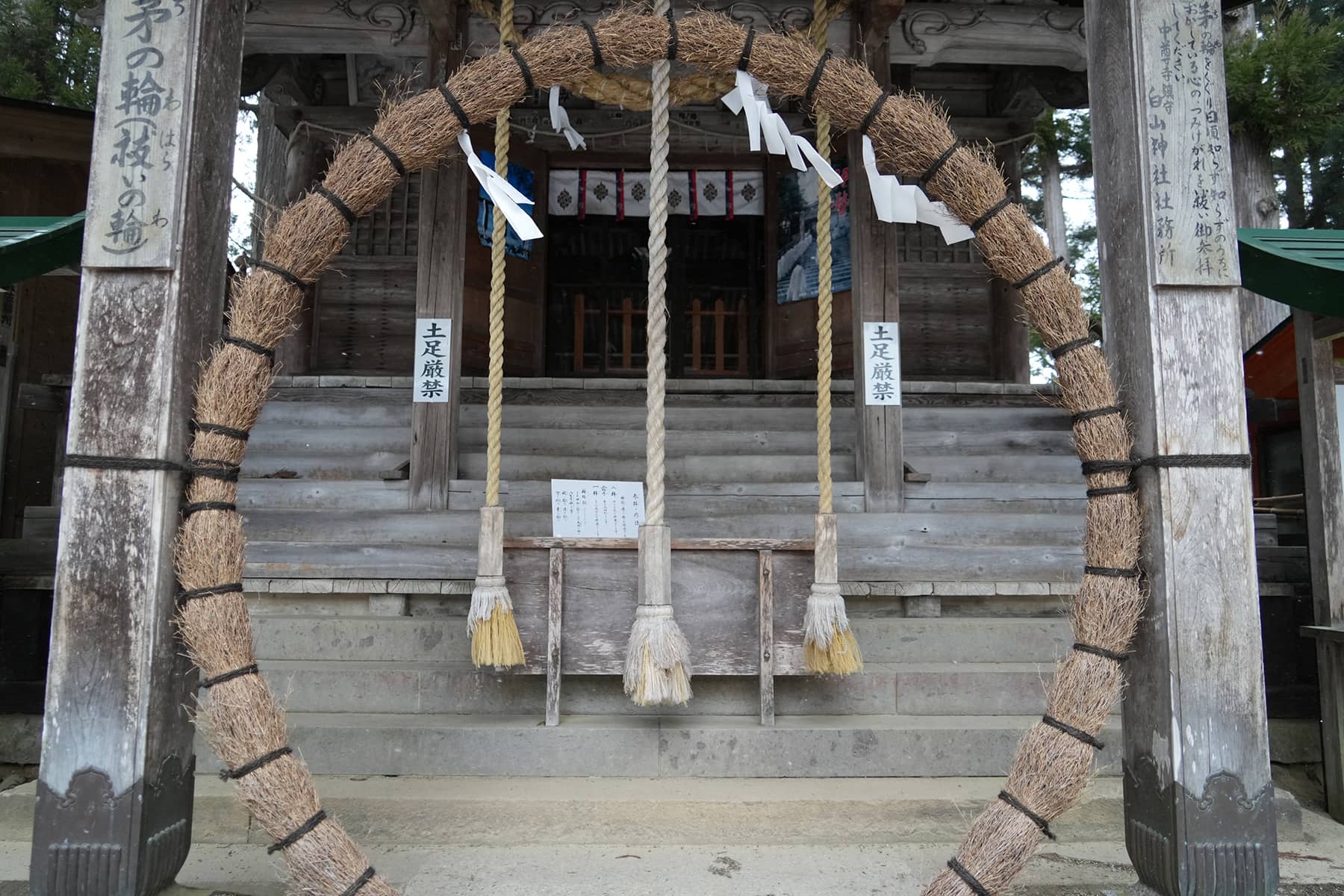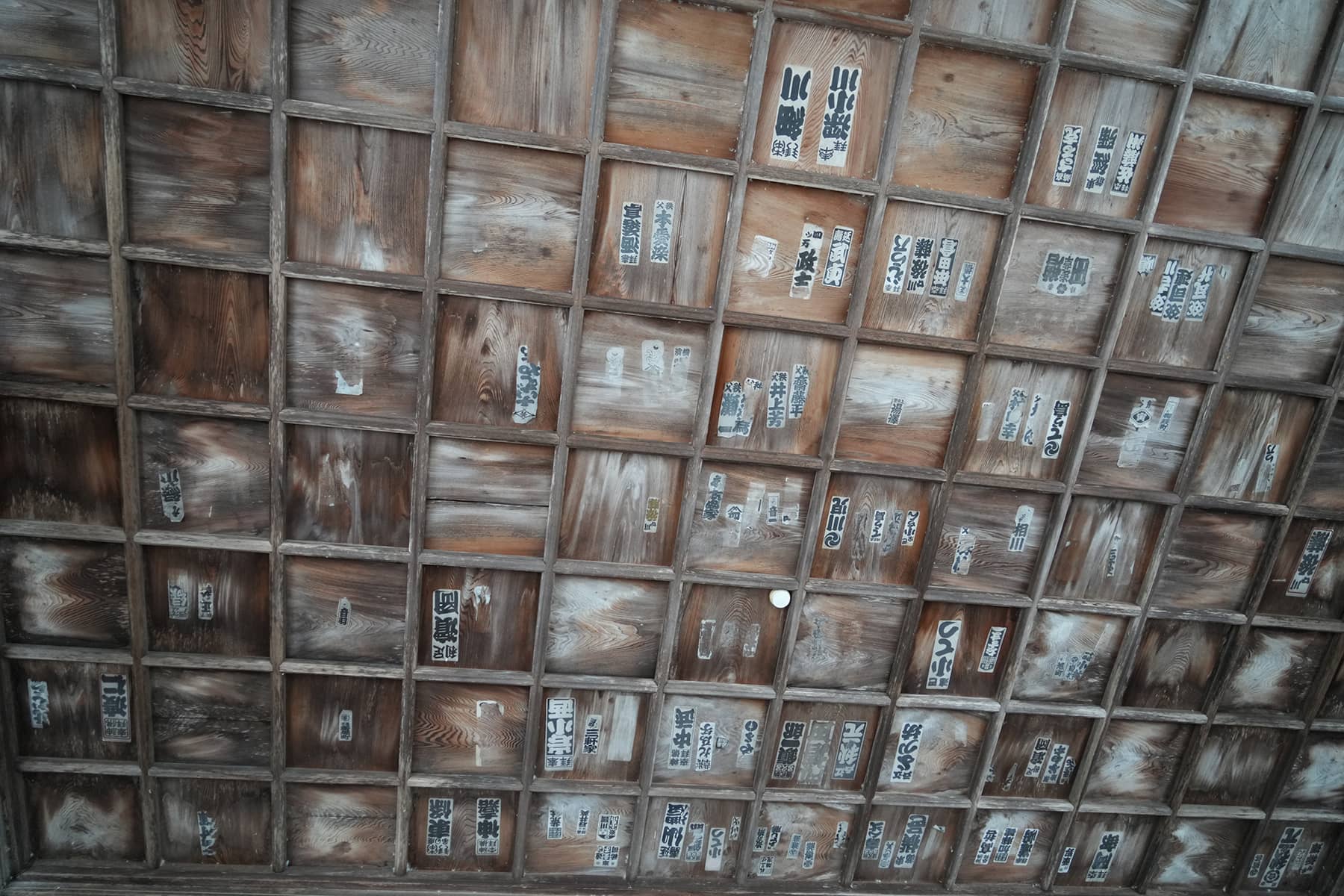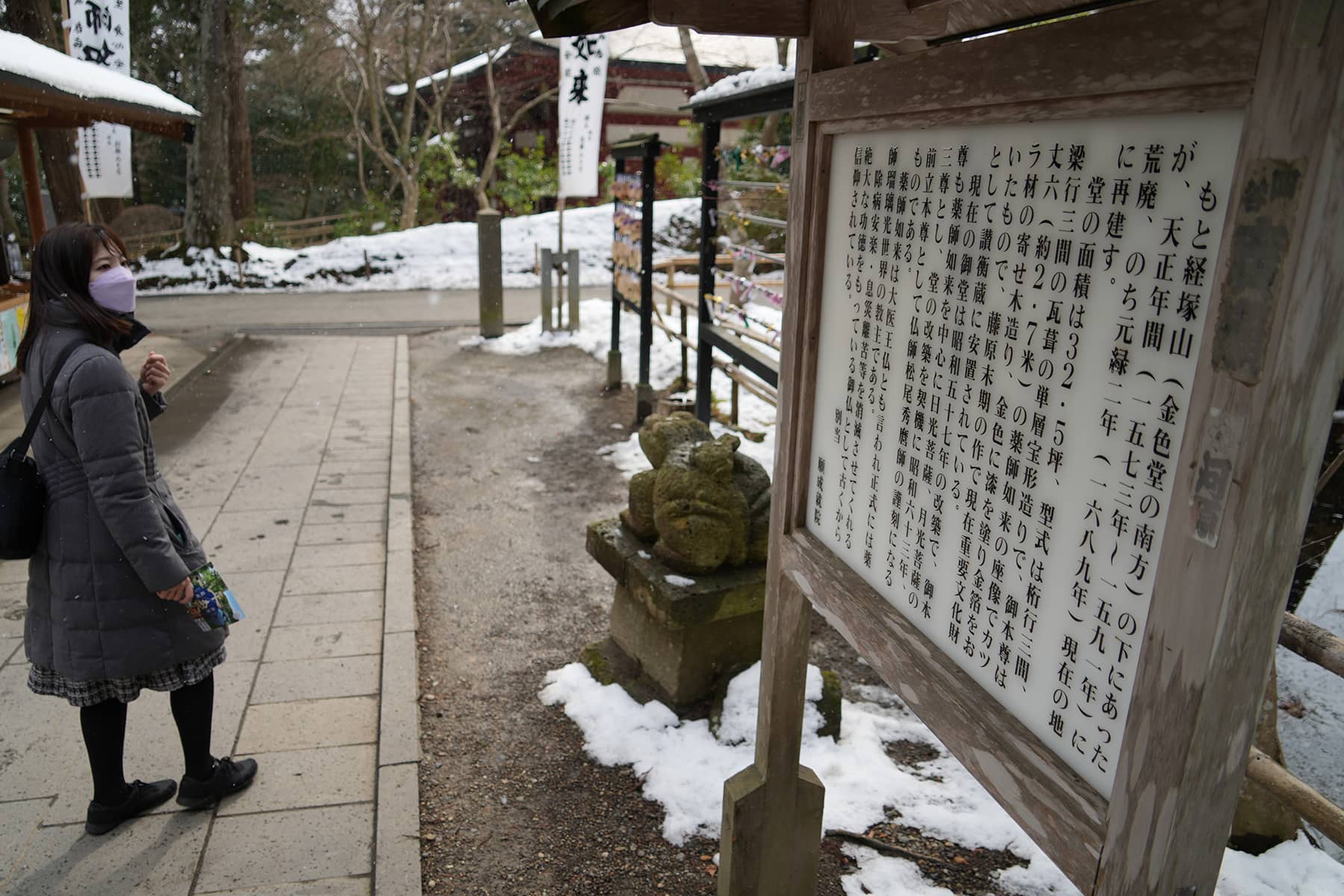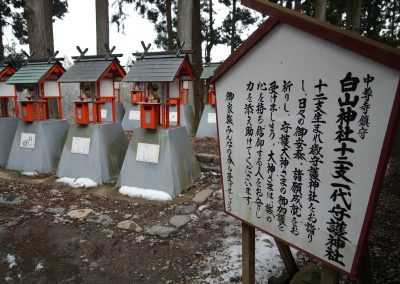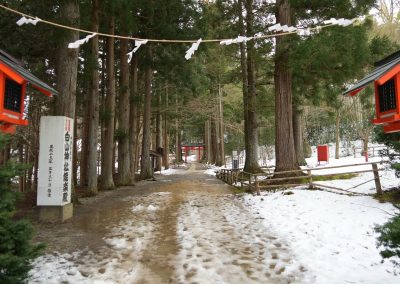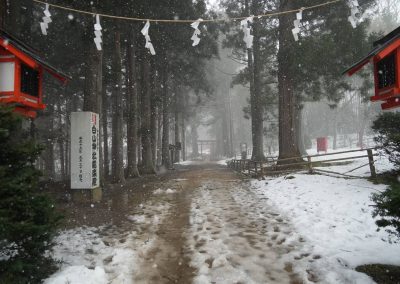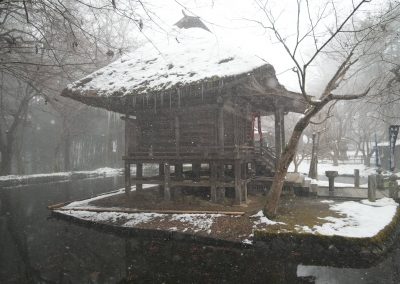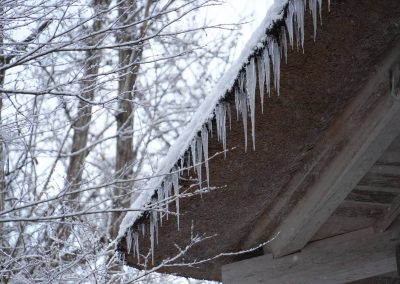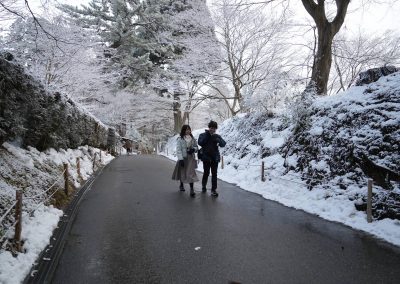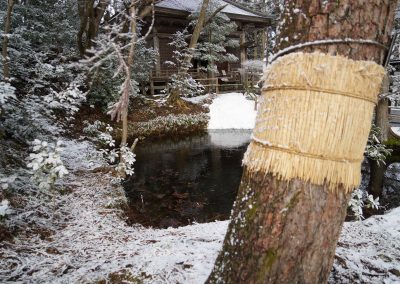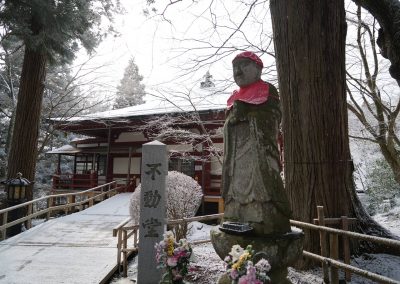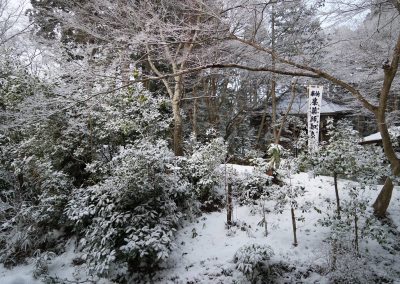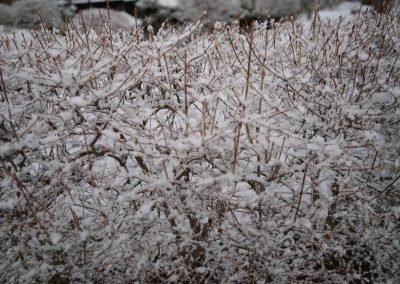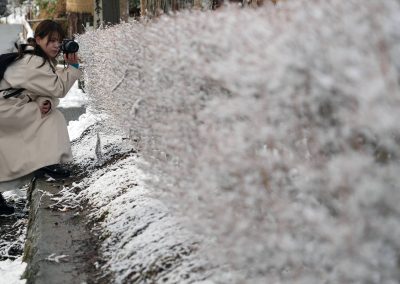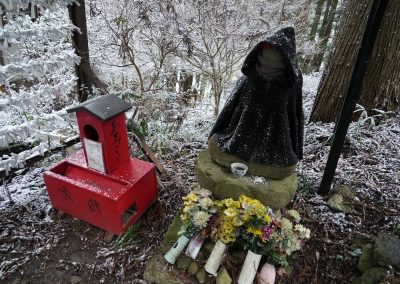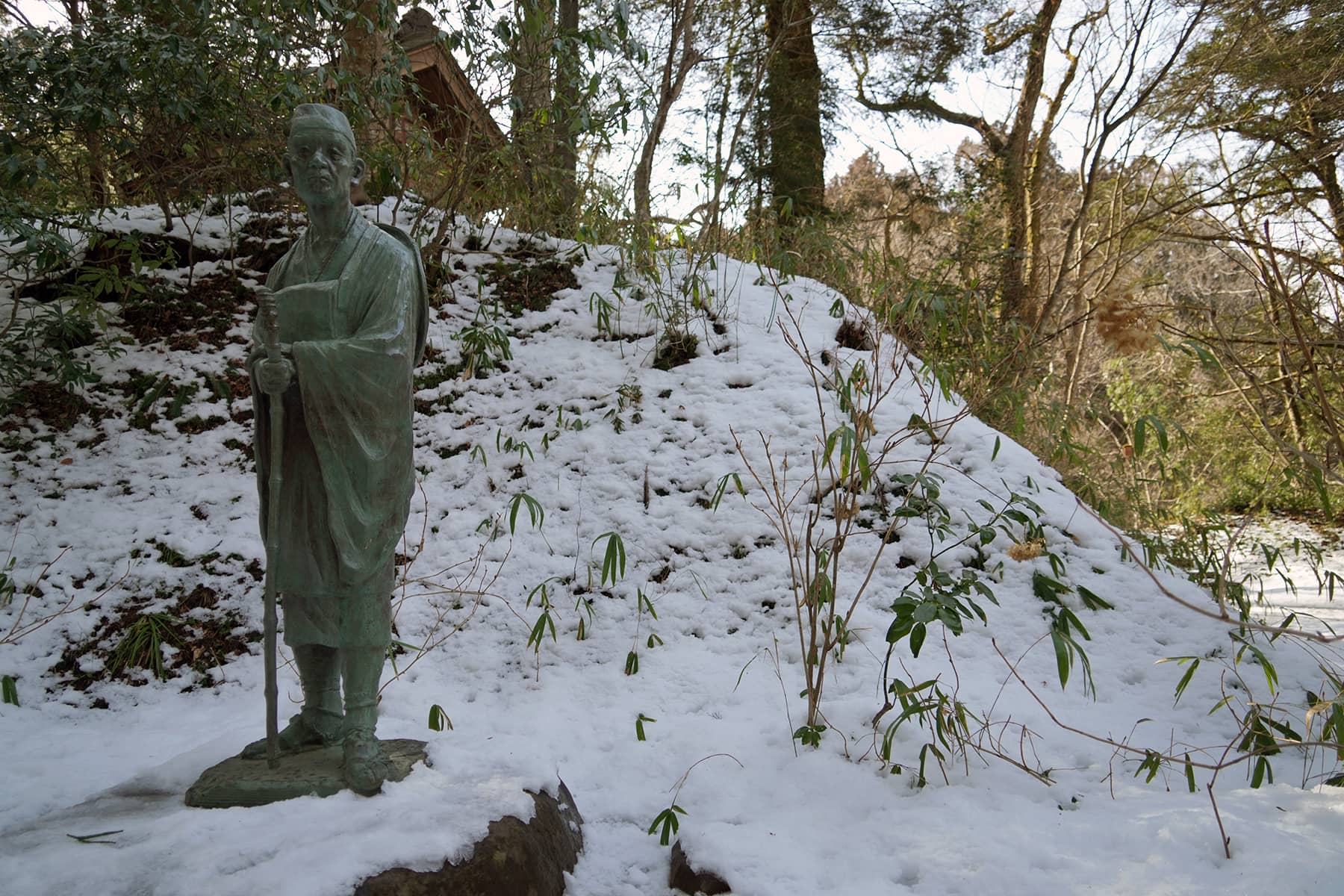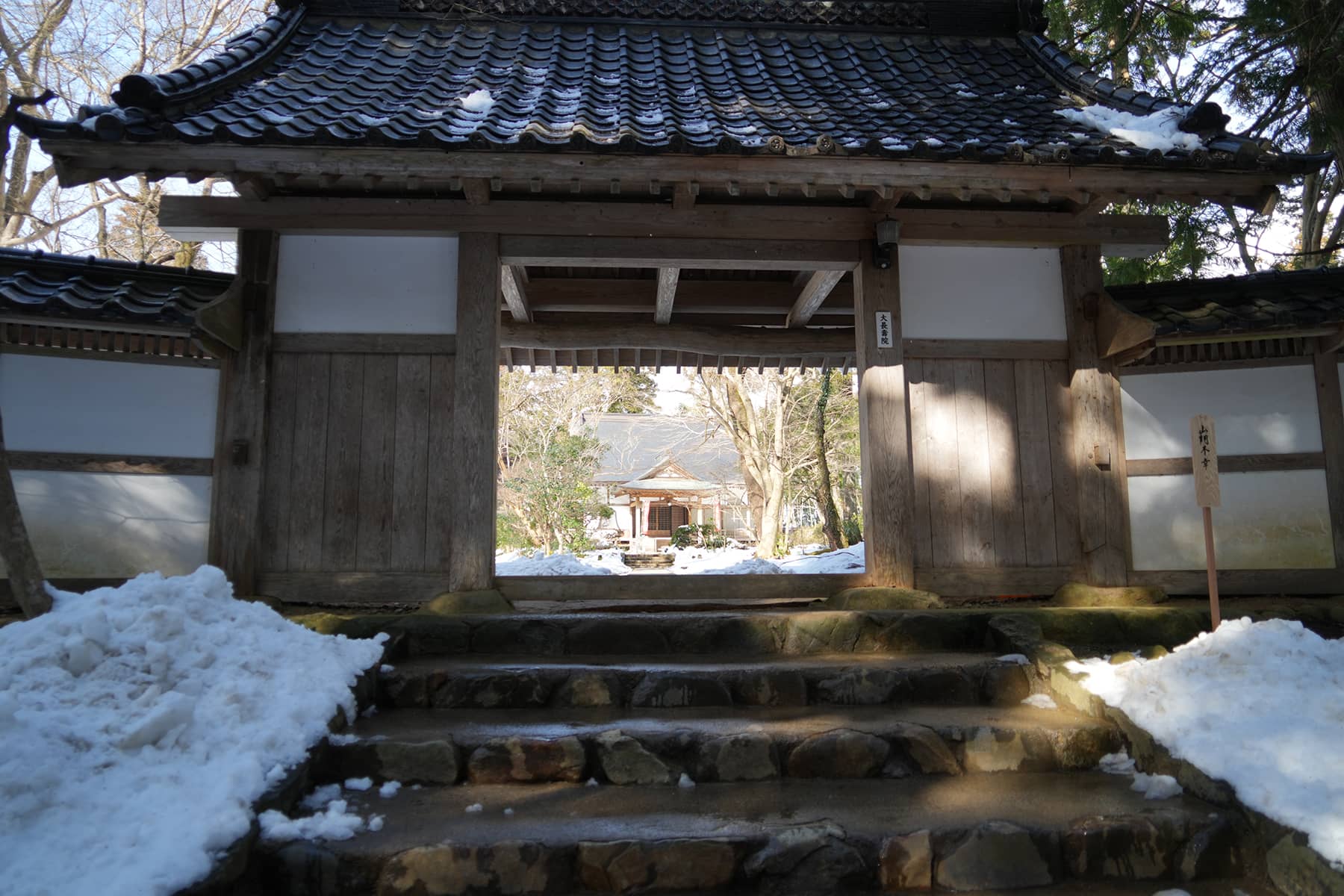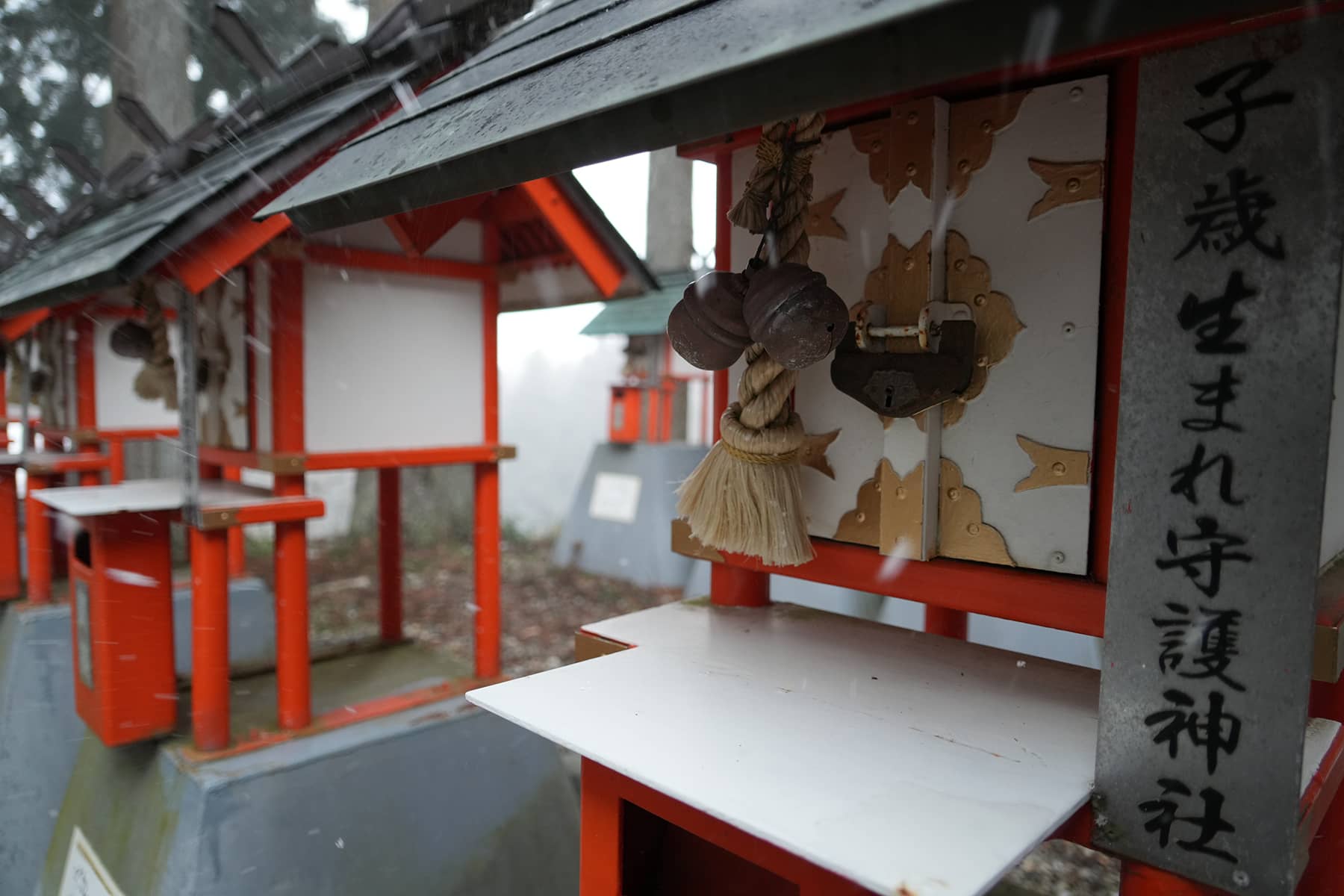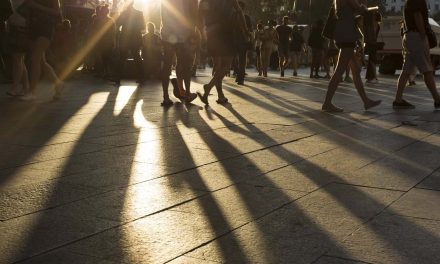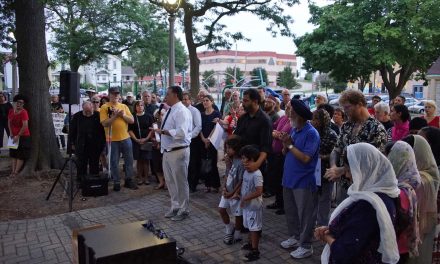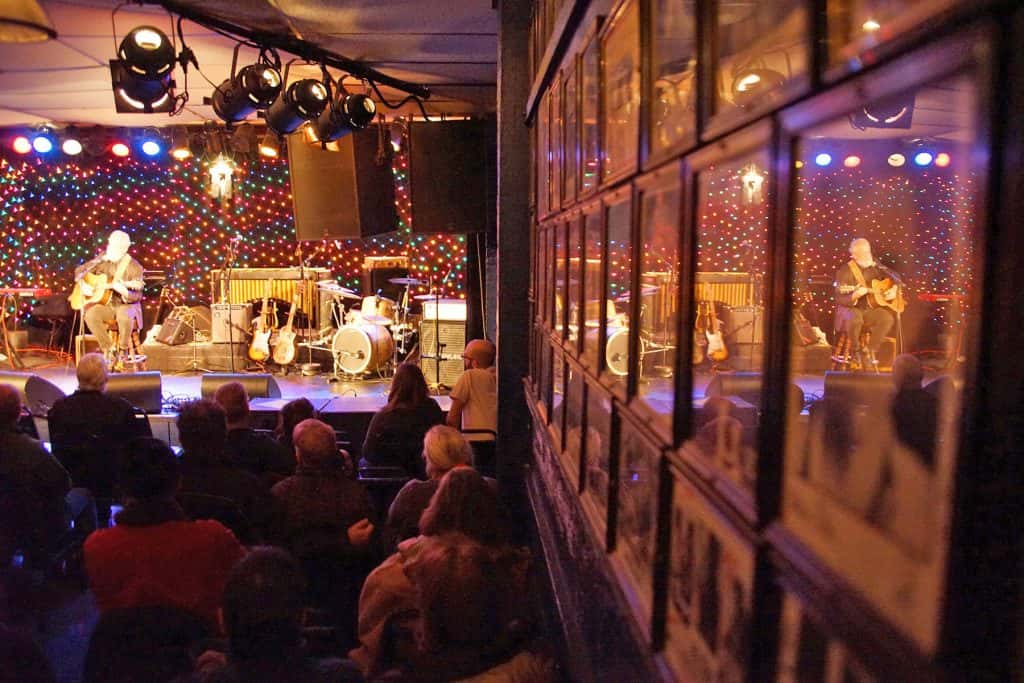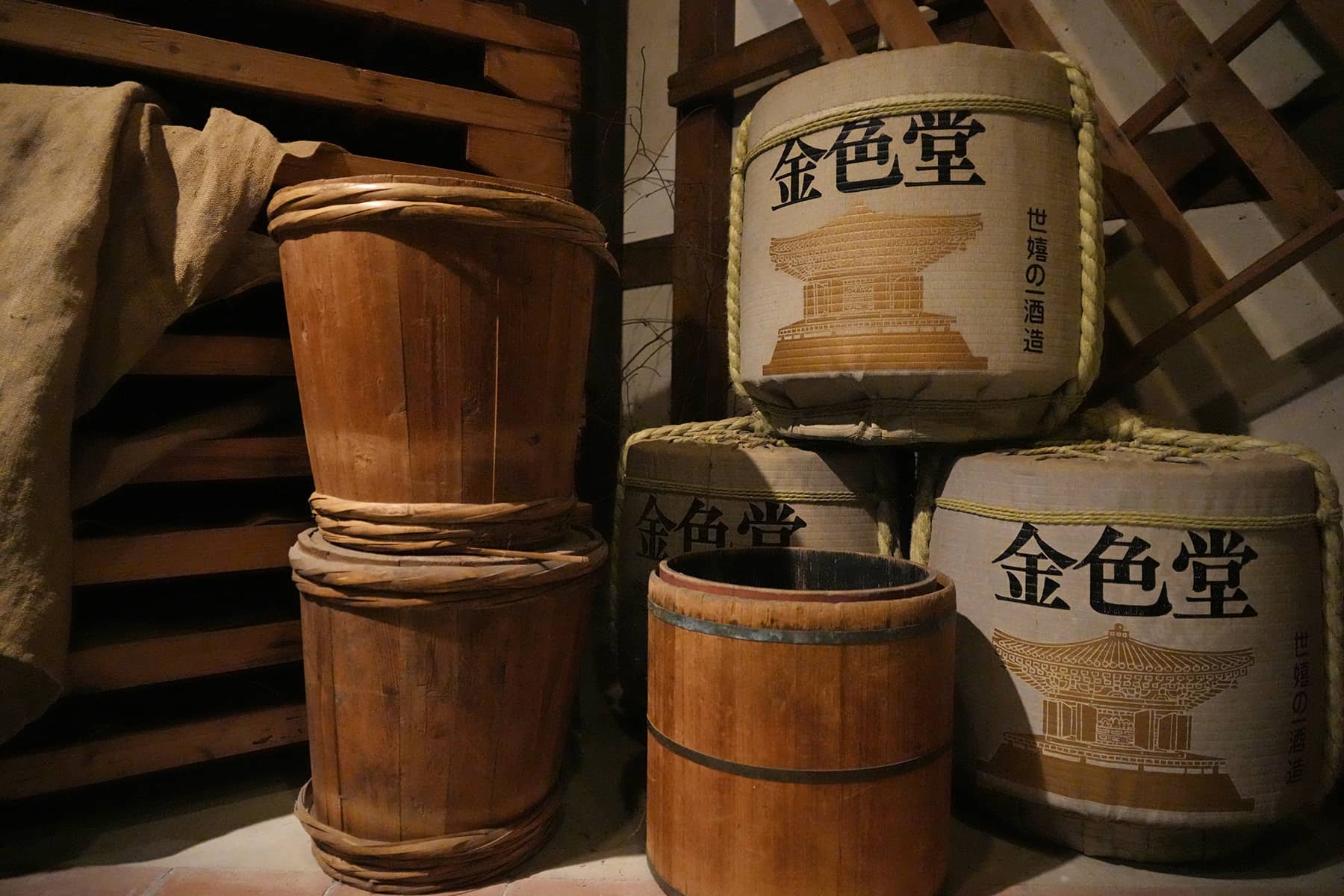
The story of two remarkable places woven together by history, culture, and an unspoken bond that bridges the tangible with the spiritual can be found in Iwate Prefecture along the northeastern coast of Japan.
One is Sekinoichi Shuzo, a venerable sake brewery with roots deep in the Edo period, and the other is Chūson-ji Temple, a spiritual haven established in the 9th century.
The connection between a master in the art of making fermented rice alcohol and a beacon of Buddhist faith is not obvious at first. But the relationship is a profound testament to Japanese heritage, culture, and tradition.
In 1921, Sekinoichi Shuzo embraced the legacy of sake brewing from predecessors who had honed the craft since the Edo period. This brewery is not just a place where sake is produced. It is a living museum of architectural and cultural evolution.
Its stone storehouses were designed by Yusuke Ohara, a disciple of Kingo Tatsuno who designed Tokyo Station. The design incorporates a style called Taisho Modern, which was popular in Japan during the Taisho era that combined a fusion of Western influence and traditional Japanese style. It echoes the brewery’s philosophy of blending the old with the new.
“Sake was originally made as an offering to the gods,” said Masaaki Toki, Sekinoichi Shuzo’s Sales Department Manager. “It is a spiritual culture with a history of more than 1,000 years. We dedicate sake to Yasukuni Shrine and Chuson-ji Temple.”
The company was named after one of the imperial families, Kaninnomiya Zahito, who stopped by and told the founder to “make sake that would please the people of the world.”
The main building of the brewery restaurant is 109 years old. In the past, the koji was fermented there. Currently, the first floor is a beer hall, and craft beer is made on the second floor.
“Cracks in the walls were caused by the earthquake. Repairs are still ongoing even now,” said Toki. “Our beers are different from American craft beers in that we use English IPAs. Using our brewing skills and knowledge, our beers have won many international awards. They are popular among young people, and some even come to Iwate just for our beer.”
The museum building is a renovated two-story earthen building, one of the largest in Tohoku. It had previously been used as a brewing warehouse. Toki gave Milwaukee Independent a tour of the facility in March, introducing the process of sake brewing.
“The museum has over 1,600 tools that have been used in the sake production process, as well as a toji room dedicated to the god of sake, Matsuo no Taimeijin,” said Toki. “The tools on display were actually used to make sake until 40 years ago.”
About 8 miles away and perched atop a hill in Hiraizumi, Chūson-ji Temple stands as an ancient symbol of the quest for peace and the pursuit of the “Buddhist Pure Land.” Founded by the monk Ennin around 850, the temple gained prominence under the Fujiwara clan which envisioned it as a paradise on earth to honor both friend and foe lost in battle.
The temple’s crown jewel, a Golden Hall called the Konjikidō, is a masterpiece of Heian period art and entirely covered in gold leaf. It reflected the opulence and artistic zenith of the era. Chūson-ji, with its tranquil gardens and stunning architecture, is not just a place of worship but a testament to the spiritual aspirations of its founders.
Chuson-ji Temple is one of five components that make up the World Heritage Site of Hiraizumi, which was registered by UNESCO in 2011.
The Temple’s fortunes changed drastically in the succeeding Kamakura period. In 1337, a great fire consumed many of the temple’s halls, pagodas, and treasures. However, more than 3,000 National Treasures and Important Cultural Properties survived. The significance of Chūson-ji’s treasures is that they form an integrated collection of many different crafts, including lacquerwork, woodwork, metalwork, dyeing, and calligraphy. Combined the collection represents the pinnacle of Heian period Buddhist art in eastern Japan.
The bond between Sekinoichi Shuzo and Chūson-ji Temple might not be immediately evident, yet it runs deep and is rooted in shared values and a collective heritage. Both institutions stand as custodians of tradition, each in its own realm.
In addition to the brewery’s donation of sake to the Temple, one of the sake brands carries the Chūson-ji’s namesake and iconic symbol. The connection also highlights the broader isues of resilience and adaptation. Just as Chūson-ji has withstood the test of time, surviving periods of turmoil to remain a beacon of faith, Sekinoichi Shuzo has navigated the challenges of modernity, preserving the essence of sake brewing while embracing innovation and economic changes.
Together they share a narrative of continuity amidst change, embodying the soul of Iwate and the enduring allure of Japanese culture. It is a story that captivates not just by the legacy of each institution but by the threads that bind them — a shared devotion to preserving the past while engaging with the present.
Visitors to Sekinoichi Shuzo can savor the taste of centuries-old brewing techniques, followed by a journey to Chūson-ji Temple for a moment of reflection amid the splendors of Heian art and architecture.
Each place in its own way invites the public to appreciate the depth and richness of Japanese heritage, offering a reminder that the beautiful tradition of preservation depends on the ongoing dialogue between the past and the future.
The story of Sekinoichi Shuzo and Chūson-ji Temple tells a vibrant tapestry of cultural resilience, spiritual devotion, and the timeless pursuit of excellence. It is a narrative that transcends the mere production of sake or the practice of Buddhist rituals, reaching into the heart of what it means to honor and keep alive the spirit of a place and its people.
3.11 Exploring Fukushima
- Journey to Japan: A photojournalist’s diary from the ruins of Tōhoku 13 years later
- Timeline of Tragedy: A look back at the long struggle since Fukushima's 2011 triple disaster
- New Year's Aftershock: Memories of Fukushima fuels concern for recovery in Noto Peninsula
- Lessons for future generations: Memorial Museum in Futaba marks 13 years since 3.11 Disaster
- In Silence and Solidarity: Japan Remembers the thousands lost to earthquake and tsunami in 2011
- Fukushima's Legacy: Condition of melted nuclear reactors still unclear 13 years after disaster
- Seafood Safety: Profits surge as Japanese consumers rally behind Fukushima's fishing industry
- Radioactive Waste: IAEA confirms water discharge from ruined nuclear plant meets safety standards
- Technical Hurdles for TEPCO: Critics question 2051 deadline for decommissioning Fukushima
- In the shadow of silence: Exploring Fukushima's abandoned lands that remain frozen in time
- Spiral Staircase of Life: Tōhoku museums preserve echoes of March 11 for future generations
- Retracing Our Steps: A review of the project that documented nuclear refugees returning home
- Noriko Abe: Continuing a family legacy of hospitality to guide Minamisanriku's recovery
- Voices of Kataribe: Storytellers share personal accounts of earthquake and tsunami in Tōhoku
- Moai of Minamisanriku: How a bond with Chile forged a learning hub for disaster preparedness
- Focus on the Future: Futaba Project aims to rebuild dreams and repopulate its community
- Junko Yagi: Pioneering a grassroots revival of local businesses in rural Onagawa
- Diving into darkness: The story of Yasuo Takamatsu's search for his missing wife
- Solace and Sake: Chūson-ji Temple and Sekinoichi Shuzo share centuries of tradition in Iwate
- Heartbeat of Miyagi: Community center offers space to engage with Sendai's unyielding spirit
- Unseen Scars: Survivors in Tōhoku reflect on more than a decade of trauma, recovery, and hope
- Running into history: The day Milwaukee Independent stumbled upon a marathon in Tokyo
- Roman Kashpur: Ukrainian war hero conquers Tokyo Marathon 2024 with prosthetic leg
- From Rails to Roads: BRT offers flexible transit solutions for disaster-struck communities
- From Snow to Sakura: Japan’s cherry blossom season feels economic impact of climate change
- Potholes on the Manga Road: Ishinomaki and Kamakura navigate the challenges of anime tourism
- The Ako Incident: Honoring the 47 Ronin’s legendary samurai loyalty at Sengakuji Temple
- "Shōgun" Reimagined: Ambitious TV series updates epic historical drama about feudal Japan
- Enchanting Hollywood: Japanese cinema celebrates Oscar wins by Hayao Miyazaki and Godzilla
- Toxic Tourists: Geisha District in Kyoto cracks down on over-zealous visitors with new rules
- Medieval Healing: "The Tale of Genji" offers insight into mysteries of Japanese medicine
- Aesthetic of Wabi-Sabi: Finding beauty and harmony in the unfinished and imperfect
- Riken Yamamoto: Japanese architect wins Pritzker Prize for community-centric designs
MI Staff (Japan)
Lее Mаtz
Chusonji Temple Konjikido
3.11 Exploring Fukushima: The Tōhoku region of Japan experienced one of the worst natural disasters ever recorded when a powerful earthquake was followed by a massive tsunami, and triggered an unprecedented nuclear crisis in 2011. With a personal connection to the tragedies, Milwaukee Independent returned for the first time in 13 years to attend events commemorating the March 11 anniversary. The purpose of the journalism project included interviews with survivors about their challenges over the past decade, reviews of rebuilt cities that had been washed away by the ocean, and visits to newly opened areas that had been left barren by radiation. This special editorial series offers a detailed look at a situation that will continue to have a daily global impact for generations. mkeind.com/exploringfukushima

